Artists Quotations
Mastering Struggle: Adversity Quotes From Art Visionaries

Are you ready to embark on a journey of resilience and growth? Welcome to ‘Mastering Struggle: Adversity Quotes From Art Visionaries.’
In this captivating collection, we delve into the wisdom of art visionaries who have triumphed over adversity and emerged as masters of their craft. Through their powerful words, we will uncover the secrets to harnessing the challenges that life throws our way, transforming them into catalysts for personal and artistic growth.
From Vincent Van Gogh’s reflections on finding beauty in struggle to Frida Kahlo’s insights on turning adversity into artistic expression, these visionaries offer invaluable lessons on perseverance, resilience, and the pursuit of mastery.
Join us as we explore the profound insights of these art luminaries, and unlock your own potential for greatness.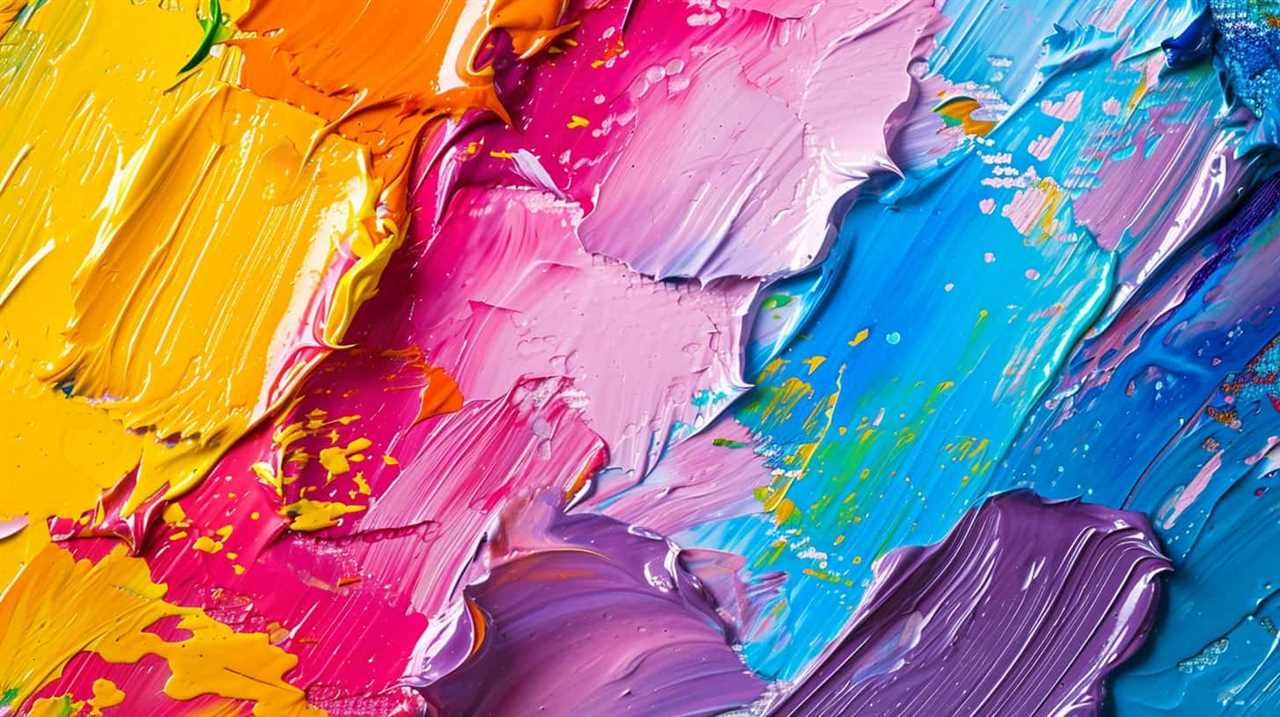
Key Takeaways
- Art visionaries such as Vincent Van Gogh, Pablo Picasso, Frida Kahlo, Salvador Dali, Georgia O’Keeffe, Claude Monet, and Leonardo da Vinci provide insights on overcoming challenges and embracing adversity.
- Persistence is crucial for artistic growth, with setbacks serving as fuel for development and artists finding strength through perseverance.
- Struggle is seen as an essential part of the artistic process, with artists seeking inspiration in nature and finding motivation to navigate challenges and achieve breakthroughs.
- Techniques for artistic resilience include adaptability, embracing curiosity and failure, developing perseverance, and embracing experimentation and change for growth. Artists also transform adversity into artistic expression, using art as therapy, channeling emotions onto the canvas, and inspiring others facing hardships.
Vincent Van Gogh’s Thoughts on Resilience
We frequently find solace in Vincent Van Gogh’s own reflections on resilience. Van Gogh was a master at transforming his struggles into beautiful works of art, finding solace and beauty in the face of adversity. Despite facing numerous challenges, including mental health issues and financial difficulties, Van Gogh never gave up on his passion for art. He developed unique techniques that allowed him to express his emotions and find solace in his work.
One of Van Gogh’s resilience techniques was his ability to find beauty in the most difficult situations. He believed that even in the darkest moments, there’s always something beautiful to be found. Through his art, he sought to capture the essence of life, showing us that even in adversity, there’s still hope and beauty.
Van Gogh also used art as a form of therapy. He believed that by expressing his emotions through his paintings, he could find healing and release. His vibrant and expressive brushstrokes were a reflection of his inner struggles and his desire to overcome them.
Transitioning into the subsequent section about Pablo Picasso’s perspective on overcoming challenges, we can see how both artists used their art as a means of resilience and personal growth.
Pablo Picasso’s Perspective on Overcoming Challenges
Picasso’s approach to overcoming challenges involved pushing boundaries and breaking conventions in his art. He believed that in order to grow as an artist, one must constantly challenge themselves and go beyond what’s comfortable or familiar. Picasso’s artistic journey was marked by an unyielding determination to explore new techniques, styles, and subject matters.
Throughout his career, Picasso faced numerous obstacles, both personal and professional. But instead of succumbing to these challenges, he embraced them as opportunities for growth and transformation. He once said, ‘Every act of creation is first an act of destruction.’ This quote reflects his belief that in order to create something new and innovative, one must first dismantle the existing structures and norms.
Picasso’s ability to overcome obstacles wasn’t just limited to his art. He was known for his resilience and adaptability in the face of adversity. He constantly reinvented himself and his artistic style, never settling for mediocrity or complacency.
Frida Kahlo’s Reflections on Embracing Adversity
Kahlo’s perspective on embracing adversity is a testament to her resilience and unwavering determination. As an artist who faced numerous physical and emotional challenges throughout her life, she understood the transformative power of embracing challenges.
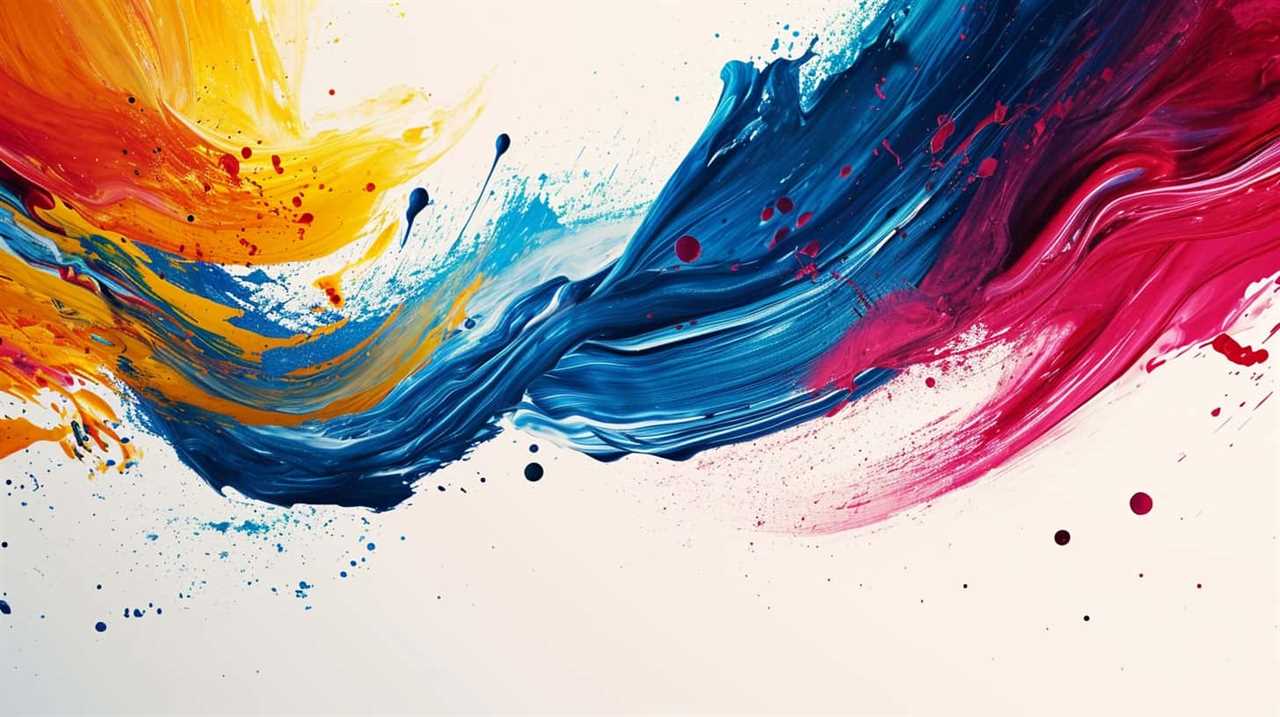
Here are three key reflections from Kahlo on how adversity can fuel artistic growth:
- Finding strength through vulnerability: Kahlo believed that embracing adversity meant acknowledging and embracing vulnerability. She believed that by allowing herself to be vulnerable, she could tap into deeper emotions and create art that resonated with others on a profound level. Through her iconic self-portraits, Kahlo explored her own pain and struggles, inviting viewers to connect with their own experiences of adversity.
- Transforming pain into creativity: Kahlo understood that adversity could be a catalyst for artistic growth. She saw her physical limitations and emotional turmoil as opportunities to channel her pain into creativity. By using art as a means of expression, Kahlo transformed her suffering into powerful visual narratives, creating a legacy that continues to inspire artists today.
- Embracing imperfections and uniqueness: Kahlo’s art celebrated imperfections and embraced her unique perspective. She believed that adversity allowed her to see the world in a different light, and she used her art to challenge societal norms and expectations. By embracing her own flaws and embracing her unique identity, Kahlo was able to create art that was both deeply personal and universally relatable.
Salvador Dali’s Insights on Pushing Through Obstacles
Salvador Dali’s profound understanding of perseverance shines through in his insights on overcoming obstacles. As one of the most influential artists of the 20th century, Dali’s creative process was often met with challenges and artistic blocks. However, he developed strategies that allowed him to push through these obstacles and continue producing his iconic works.
One of Dali’s strategies for overcoming artistic blocks was embracing experimentation. He believed that by constantly pushing the boundaries of his art, he could break free from creative stagnation. This mindset allowed him to explore new techniques and ideas, ultimately leading to the creation of his surreal masterpieces.
Another key aspect of Dali’s creative process was his ability to find inspiration in unexpected places. He’d often seek inspiration from dreams, childhood memories, and even the mundane objects around him. By allowing his imagination to run wild, he was able to overcome creative blocks and tap into his deepest artistic potential.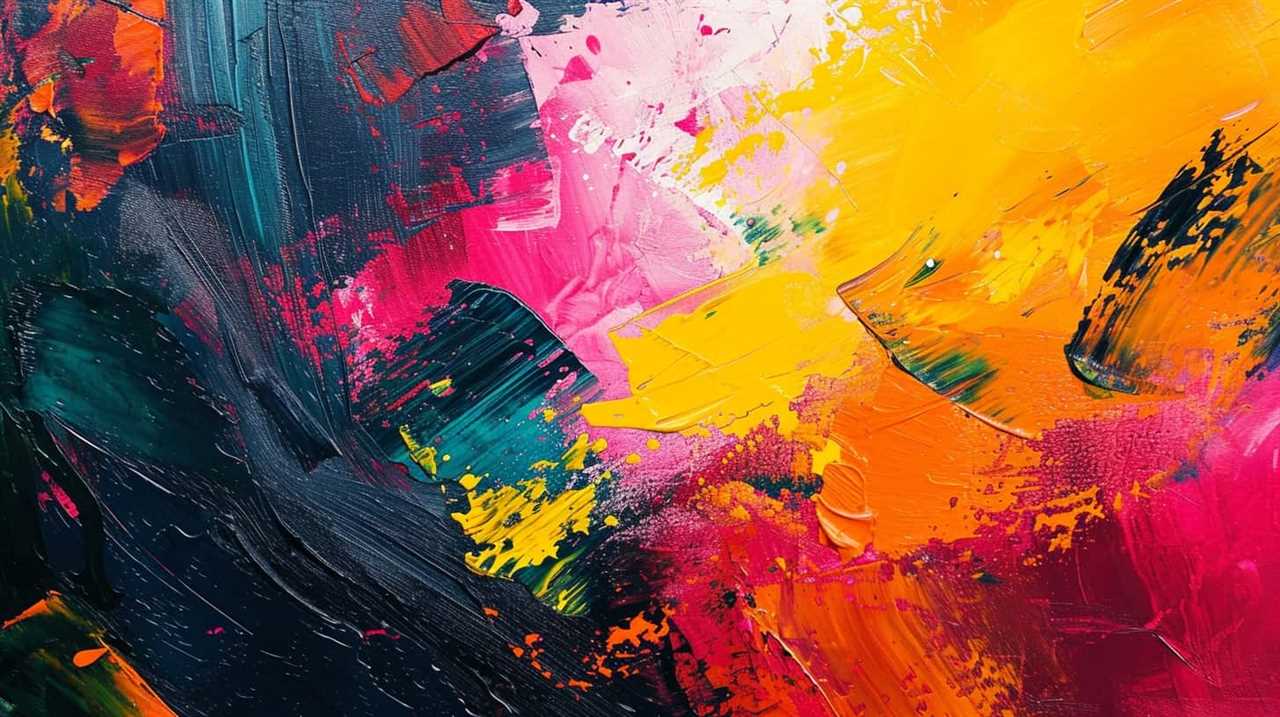
Dali also emphasized the importance of persistence. He believed that success in art required unwavering dedication and a willingness to endure setbacks. Rather than giving up when faced with obstacles, Dali would use them as fuel to push himself further and achieve greater artistic heights.
Georgia O’Keeffe’s Wisdom on Finding Strength in Struggle
Georgia O’Keeffe’s wisdom on finding strength in struggle resonates deeply with artists who are navigating their own creative challenges. Her insights offer guidance on how to find inner strength and embrace difficulties along the artistic journey. Here are three key takeaways from her wisdom:
- Seeking solace in nature: O’Keeffe found solace and inspiration in the natural world. She believed that connecting with nature could help artists find strength in times of struggle. By immersing ourselves in the beauty and tranquility of nature, we can tap into a wellspring of creativity and resilience.
- Embracing the unknown: O’Keeffe understood the importance of embracing the unknown and taking risks in art. She encouraged artists to step outside their comfort zones and explore new territories. By embracing difficulties, we can push the boundaries of our creativity and discover new dimensions of our artistic expression.
- Focusing on the process: Rather than being fixated on the end result, O’Keeffe emphasized the importance of focusing on the process of creating. She believed that true strength lies in the ability to persevere through the challenges and setbacks that arise along the way. By embracing the process, artists can find the inner strength to overcome obstacles and continue on their artistic journeys.
Claude Monet’s Advice for Artists Facing Difficulties
As artists, we all encounter obstacles and difficulties along our creative journey. Claude Monet, one of the most renowned painters in history, offers valuable advice on how to navigate these challenges.
His resilience and unwavering dedication to his craft allowed him to overcome artistic obstacles and achieve great success.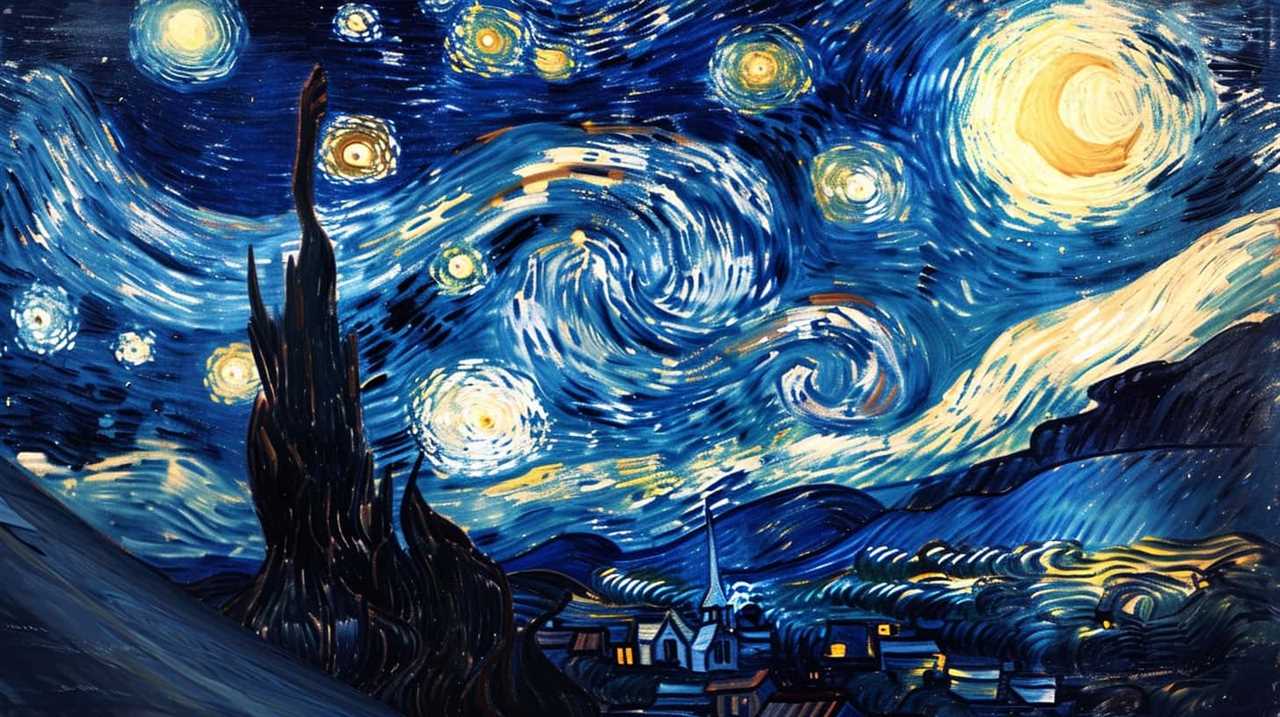
Overcoming Artistic Obstacles
When it comes to overcoming artistic obstacles, we believe in taking inspiration from Claude Monet’s advice for artists facing difficulties. Monet, a renowned artist of the Impressionist movement, understood the importance of emotional resilience and its role in navigating the challenges of the artistic journey.
Here are three key insights from Monet that can help artists overcome their obstacles and achieve creative breakthroughs:
- Embrace experimentation: Monet encouraged artists to explore different techniques and approaches to their work. By embracing experimentation, artists can push boundaries, discover new possibilities, and find fresh inspiration.
- Persist through setbacks: Monet faced numerous setbacks throughout his career, including financial struggles and the loss of loved ones. Despite these challenges, he never gave up. Artists must learn to persist through setbacks, using them as fuel to keep moving forward on their artistic path.
- Find solace in nature: Monet found solace and inspiration in the beauty of nature. He believed that spending time in nature and observing its ever-changing qualities could rejuvenate the artistic spirit. Artists can seek solace and find new perspectives by immersing themselves in the natural world.
Monet’s Resilience and Success
Our exploration of Monet’s resilience and success reveals invaluable advice for artists facing difficulties. Monet’s artistic growth and creative process teach us that perseverance and adaptability are key elements in overcoming obstacles.
| Monet’s Artistic Growth | Monet’s Creative Process |
|---|---|
| Embraced new techniques | Experimented with colors |
| Adapted to changing styles | Captured fleeting moments |
| Explored different subjects | Painted en plein air |
| Continued to learn and evolve | Emphasized light and atmosphere |
| Overcame financial struggles | Pushed boundaries of impressionism |
Monet’s journey demonstrates the importance of pushing oneself beyond comfort zones, embracing change, and taking risks. His willingness to experiment with new techniques and subjects allowed him to continually evolve as an artist. Monet’s emphasis on capturing light and atmosphere, as well as his dedication to painting en plein air, added a unique and innovative touch to his work. Despite facing financial difficulties, Monet’s resilience and determination propelled him to overcome obstacles and achieve great success. As artists, we can learn from Monet’s example and find inspiration to persevere in the face of adversity.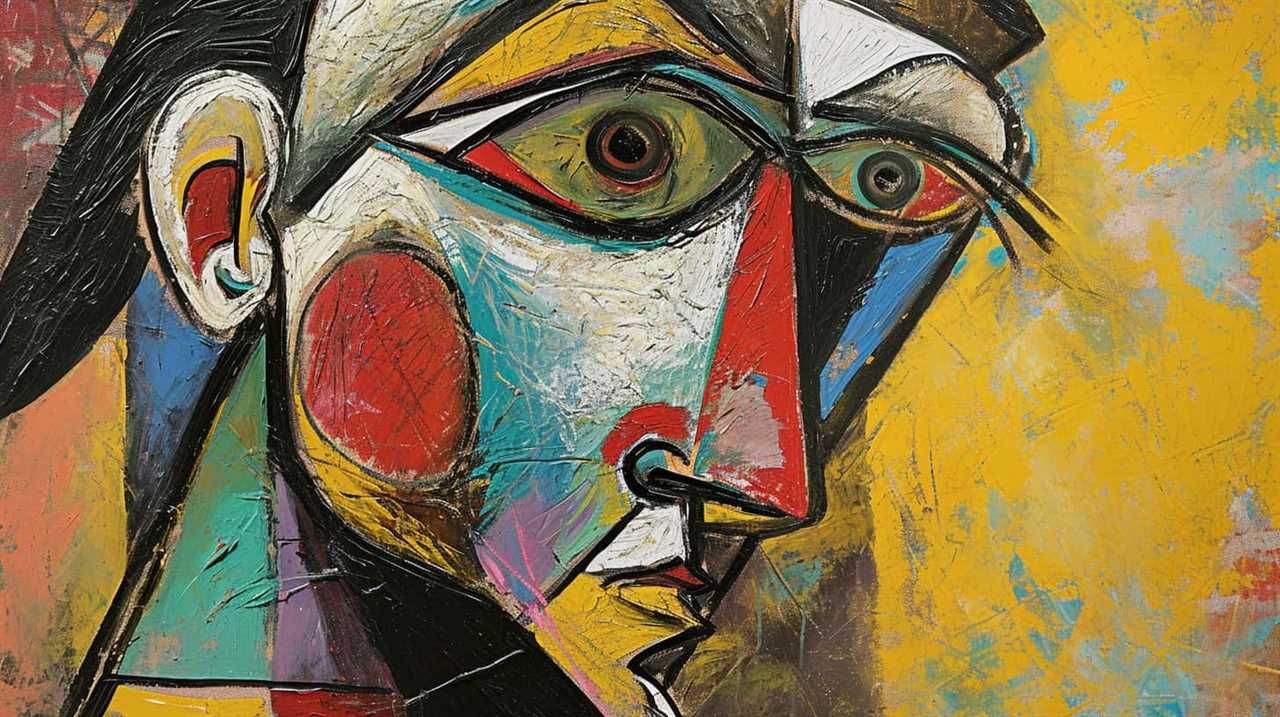
Finding Inspiration Through Struggle
Finding inspiration through struggle, artists can learn valuable advice from Claude Monet on how to overcome difficulties in their artistic journey. Here are three key insights to finding motivation and experiencing creative breakthroughs:
- Embrace the challenge: Monet believed that struggle was an essential part of the artistic process. Instead of shying away from difficulties, embrace them as opportunities for growth and learning.
- Seek inspiration in nature: Monet found solace and inspiration in the natural world. By immersing yourself in the beauty of nature, you can tap into its transformative power and find new perspectives that fuel your creativity.
- Persist in the face of setbacks: Monet faced numerous setbacks and rejections throughout his career, but he never gave up. He believed in the importance of perseverance and pushing through difficult times, knowing that breakthroughs often come after moments of struggle.
By following Monet’s advice, artists can find the motivation and inspiration needed to navigate through challenges and achieve creative breakthroughs.
Transitioning into the next section, let’s explore Leonardo da Vinci’s words of encouragement in hard times.
Leonardo Da Vinci’s Words of Encouragement in Hard Times
When it comes to facing adversity, Leonardo Da Vinci’s words of encouragement can provide valuable insight and inspiration.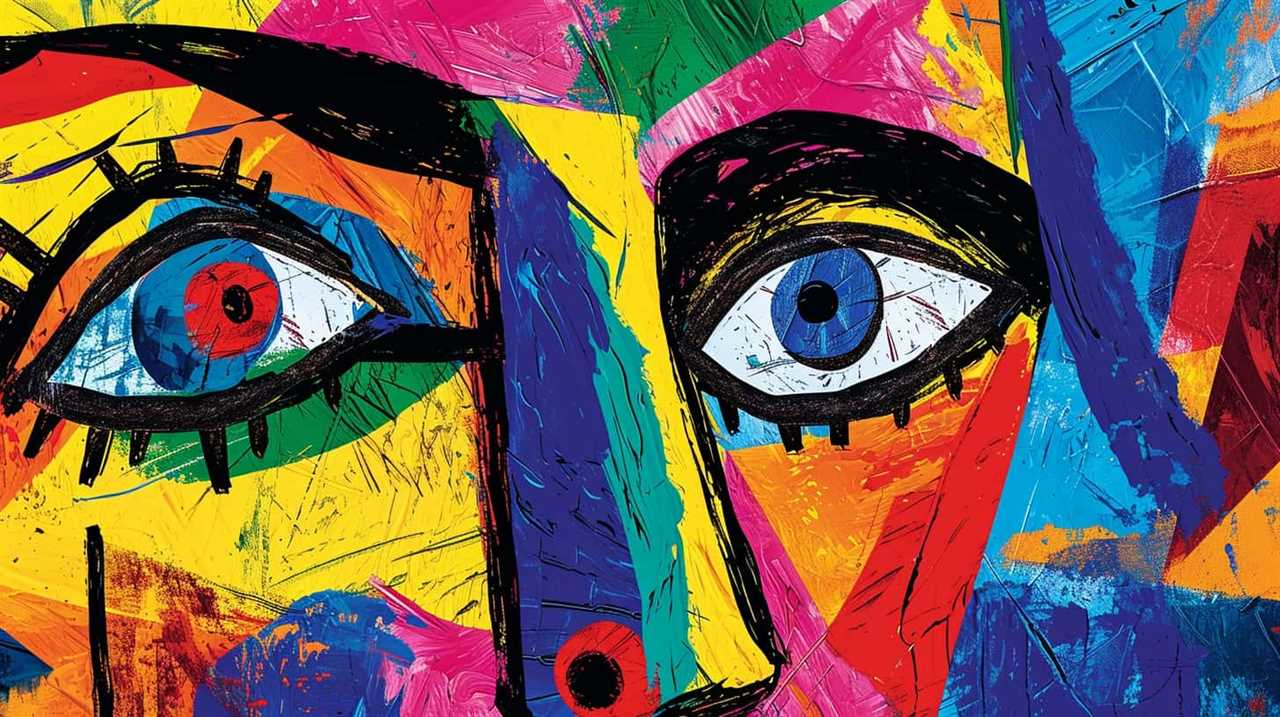
Da Vinci’s resilience techniques, such as his ability to adapt and find solutions, can teach us how to navigate challenges in our own lives.
Through his art, Da Vinci showed us that even in the hardest of times, we can find beauty and inspiration, reminding us to keep pushing forward and never give up.
Da Vinci’s Resilience Techniques
In the realm of mastering struggle, we draw inspiration from Leonardo Da Vinci’s resilience techniques, which involve harnessing the power within us to overcome challenges. Da Vinci’s problem solving strategies were truly remarkable, and they continue to inspire artists and innovators to this day.
Here are three of his artistic resilience techniques that we can learn from: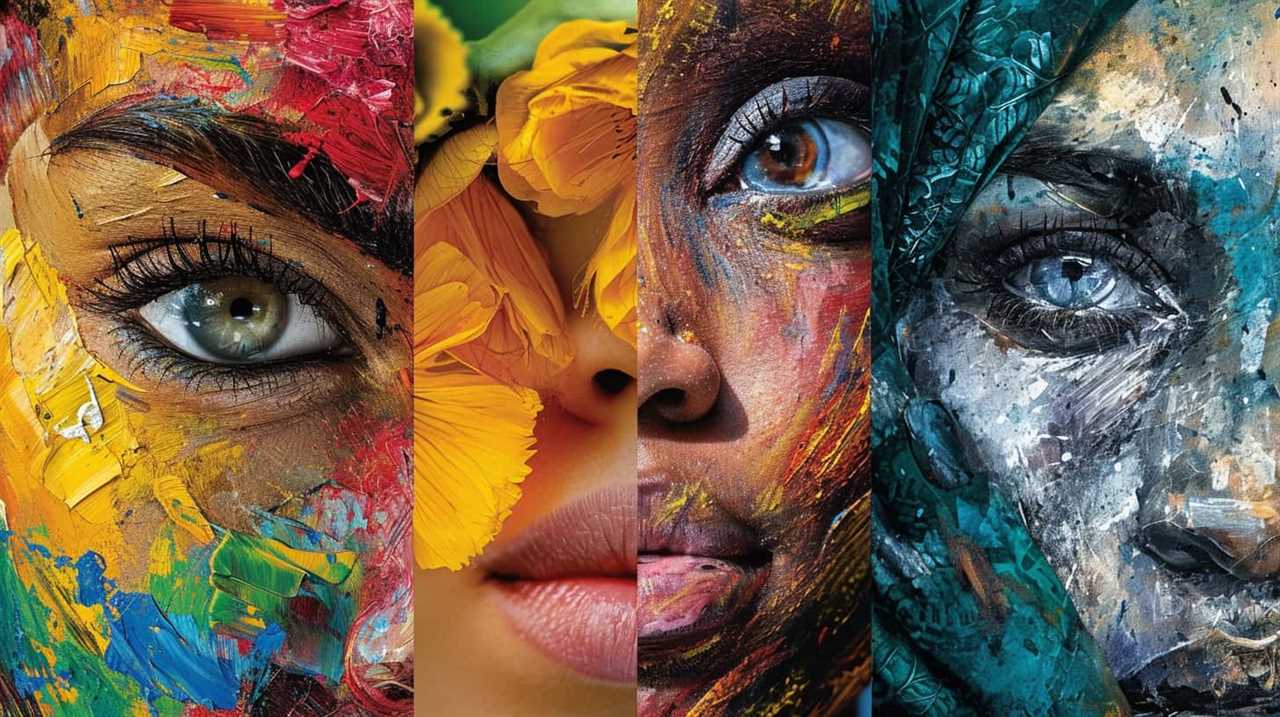
- Embrace curiosity: Da Vinci believed that a curious mind is key to overcoming adversity. By approaching challenges with a sense of wonder and openness, we can find new perspectives and creative solutions.
- Embrace failure: Da Vinci understood that failure is a natural part of the creative process. He saw setbacks as opportunities to learn and grow, rather than as reasons to give up. By embracing failure, we can develop resilience and continue to push forward.
- Embrace perseverance: Da Vinci’s work ethic was legendary. He was known for his unwavering determination and commitment to his craft. By staying dedicated and persistent, we can overcome obstacles and achieve our goals.
With these techniques, we can cultivate our own resilience and navigate the struggles that come our way. Da Vinci’s words of encouragement remind us that even in the face of adversity, we have the power to conquer and create.
Overcoming Challenges Through Art
Now, let’s delve into how we can overcome challenges through art, drawing inspiration from Leonardo Da Vinci’s words of encouragement in hard times. Leonardo Da Vinci, a true visionary, understood the power of creativity in overcoming obstacles. He believed that art had the ability to heal and transform. In his words, "Art is the queen of all sciences communicating knowledge to all the generations of the world." Da Vinci recognized that creativity could be a source of solace and strength during difficult times. To further illustrate this concept, let’s take a look at the table below:
| Challenges | Creative Solutions |
|---|---|
| Stress | Painting, drawing, or sculpting to release tension |
| Anxiety | Writing or journaling to express emotions |
| Grief | Creating art as a form of therapy |
| Loneliness | Participating in art classes or workshops to connect with others |
| Loss | Using art to honor and remember loved ones |
Finding Inspiration Amidst Struggle
Amidst the struggle, we can find inspiration through Leonardo Da Vinci’s words of encouragement in hard times, drawing strength from his belief in the transformative power of art. Da Vinci, a true master of his craft, understood the importance of embracing difficulties and finding motivation to push through. His wisdom continues to resonate with those who seek to overcome adversity and achieve greatness in their own lives.
Here are three key insights from Da Vinci that can help us find inspiration amidst struggle: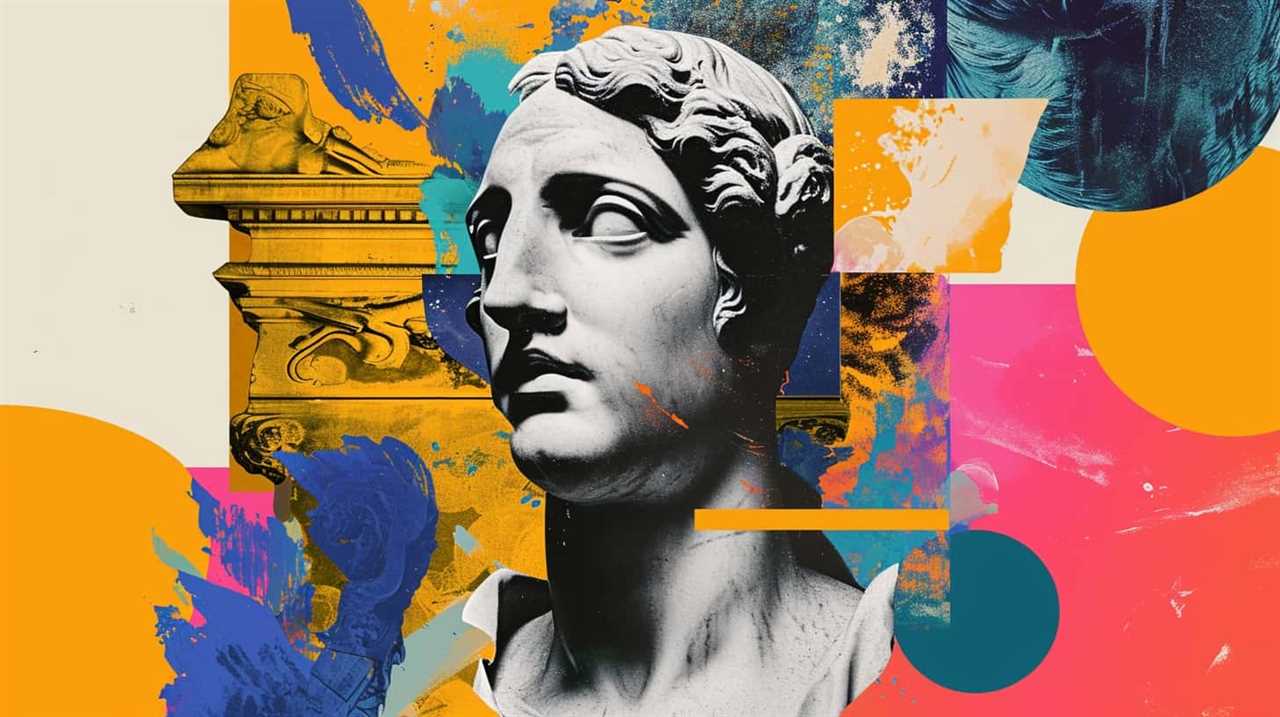
- ‘Obstacles can’t crush me. Every obstacle yields to stern resolve.’ Da Vinci reminds us that with determination and resilience, we can overcome any obstacle that stands in our way.
- ‘Art is the queen of all sciences, communicating knowledge to all the generations of the world.’ In the face of struggle, Da Vinci encourages us to turn to art as a source of solace, inspiration, and growth.
- ‘It had long since come to my attention that people of accomplishment rarely sat back and let things happen to them. They went out and happened to things.’ Da Vinci’s words remind us that in order to find inspiration amidst struggle, we must take an active role in shaping our own destiny.
As we delve deeper into the realm of finding inspiration amidst struggle, let’s now explore Jackson Pollock’s inspiration for overcoming setbacks.
Jackson Pollock’s Inspiration for Overcoming Setbacks
We have learned valuable lessons from Jackson Pollock’s ability to overcome setbacks and find inspiration in the face of adversity. Pollock’s artistic breakthrough came after years of struggle and experimentation. His unique style of drip painting revolutionized the art world and cemented his place as one of the greatest visionaries of his time.
Pollock’s journey was not without its challenges. Like many artists, he faced criticism and rejection. However, he refused to let setbacks define him. Instead, he drew inspiration from the works of other artists who had faced similar struggles. Vincent van Gogh, known for his mental health struggles, became a source of inspiration for Pollock. He admired van Gogh’s resilience and ability to channel his emotions into his art.
To illustrate Pollock’s journey, let’s take a look at a table showcasing the setbacks he encountered and the inspiration he found:
| Setbacks | Inspiration |
|---|---|
| Criticism from art critics | Vincent van Gogh’s perseverance |
| Rejection from galleries | Van Gogh’s ability to channel emotions |
| Financial difficulties | Van Gogh’s dedication to his craft |
Pollock’s ability to find inspiration in the face of setbacks serves as a powerful reminder that adversity can fuel creativity and lead to artistic breakthroughs. Now, let’s explore Edvard Munch’s thoughts on transforming pain into art.
Edvard Munch’s Thoughts on Transforming Pain Into Art
Edvard Munch’s perspective on transforming pain into art further enriches our understanding of how artists navigate adversity. His thoughts on this topic provide valuable insights into the transformative power of art and its ability to inspire and heal. Here are three key takeaways from Munch’s approach to transforming pain into art:
- Embracing Vulnerability: Munch believed that true art comes from a place of raw emotion and vulnerability. By allowing himself to fully experience and express his pain, he was able to create deeply impactful works of art that resonated with others. This willingness to confront and embrace his own pain allowed him to transform it into something beautiful and meaningful.
- Finding Catharsis through Creativity: For Munch, art served as a cathartic outlet for his pain. Through painting and other artistic forms, he was able to channel his emotions and release them onto the canvas. This process allowed him to find a sense of release and relief, transforming his pain into a tangible creation that others could connect with.
- Inspiring Others: Munch’s ability to transform his pain into art not only helped him personally, but also inspired and touched the lives of countless others. By sharing his struggles through his artwork, he was able to create a sense of connection and empathy among viewers. His ability to translate his pain into something universally relatable served as an inspiration for others facing their own hardships.
Gustav Klimt’s Reflections on Perseverance in Creativity
Gustav Klimt’s perspective on perseverance in creativity adds another layer of insight to our exploration of how artists navigate adversity. Klimt, a renowned Austrian painter, understood the importance of embracing artistic challenges and pushing through obstacles to create something truly remarkable.
Klimt believed that perseverance in creativity was essential for artistic growth and success. He recognized that the path to creating meaningful art was often filled with struggles and setbacks. Instead of viewing these challenges as roadblocks, Klimt saw them as opportunities for growth and self-discovery. He understood that it was through embracing these challenges that artists could truly push the boundaries of their creativity and achieve greatness.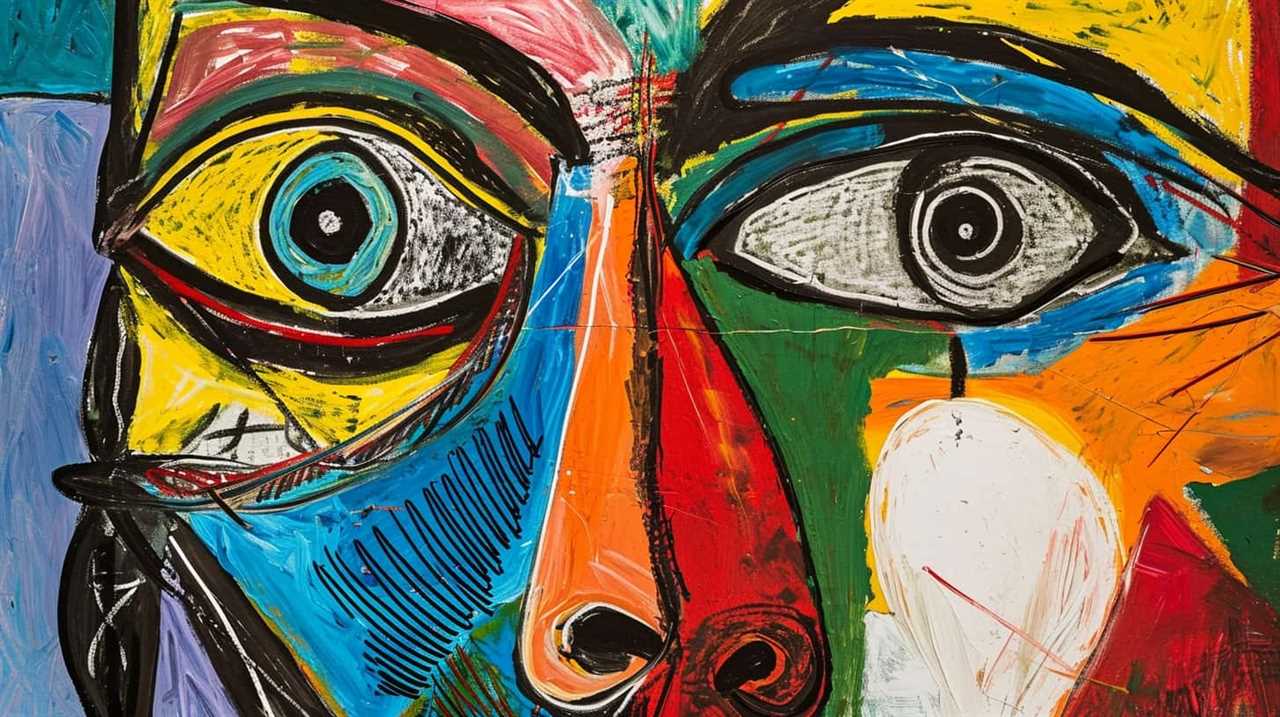
For Klimt, perseverance meant staying committed to one’s artistic vision, even in the face of criticism or rejection. He believed that true artists weren’t deterred by setbacks, but rather used them as fuel for their creative fire. Klimt’s own journey as an artist was filled with ups and downs, but his unwavering perseverance allowed him to leave a lasting impact on the art world.
As we delve deeper into the exploration of how artists navigate adversity, we now turn our attention to Frida Kahlo’s insights on turning adversity into artistic expression.
Frida Kahlo’s Insights on Turning Adversity Into Artistic Expression
Exploring the transformative power of adversity, Frida Kahlo’s artistic expression emerges as a testament to the resilience and creativity inherent in the face of challenges. Kahlo’s unique artistic process was deeply influenced by her personal experiences and struggles. Through her art, she found a way to turn her pain and suffering into powerful statements that resonated with audiences around the world.
- Embracing Vulnerability: Frida Kahlo’s art was deeply personal and introspective, allowing her to explore her own vulnerabilities and confront the hardships she faced. By delving into her own pain, she created a powerful connection with viewers, inviting them to reflect on their own struggles and emotions.
- Symbolism and Surrealism: Kahlo’s art often incorporated symbolism and surrealistic elements, allowing her to convey complex emotions and experiences that were difficult to express through words alone. Her use of vibrant colors and dreamlike imagery added depth and richness to her work, making it both visually striking and emotionally evocative.
- Impact on Contemporary Art: Frida Kahlo’s unique artistic style and her ability to turn adversity into art have had a profound impact on contemporary art. Her work continues to inspire and influence artists today, encouraging them to explore their own personal experiences and embrace vulnerability as a means of artistic expression. Kahlo’s legacy serves as a reminder that adversity can be transformed into something beautiful and meaningful through the power of art.
Vincent Van Gogh’s Lessons on Finding Beauty in Struggle
Continuing our exploration of the transformative power of adversity, let’s now delve into Vincent Van Gogh’s invaluable lessons on finding beauty in struggle.
Van Gogh’s life was marked by immense challenges and personal battles, yet he managed to create artworks that continue to inspire and captivate audiences today. Through his work, he teaches us that even in the darkest moments, beauty can be found.
One of the key lessons we can learn from Van Gogh is the importance of perspective. He believed that by shifting our focus and looking beyond the surface, we can uncover the hidden beauty that exists in every struggle. Van Gogh’s vibrant and expressive brushstrokes remind us that even in the midst of pain and hardship, there’s room for creativity and growth.
Another lesson we can draw from Van Gogh’s life is the power of perseverance. Despite facing rejection and numerous setbacks, he never gave up on his passion for art. His unwavering dedication and determination serve as a reminder that true beauty often emerges from the depths of struggle.
Van Gogh’s ability to find beauty in adversity teaches us that even in our darkest moments, there’s something to be learned and cherished. By embracing the challenges we face, we can cultivate resilience and tap into our own creative potential. Van Gogh’s legacy serves as a testament to the transformative power of finding beauty in struggle.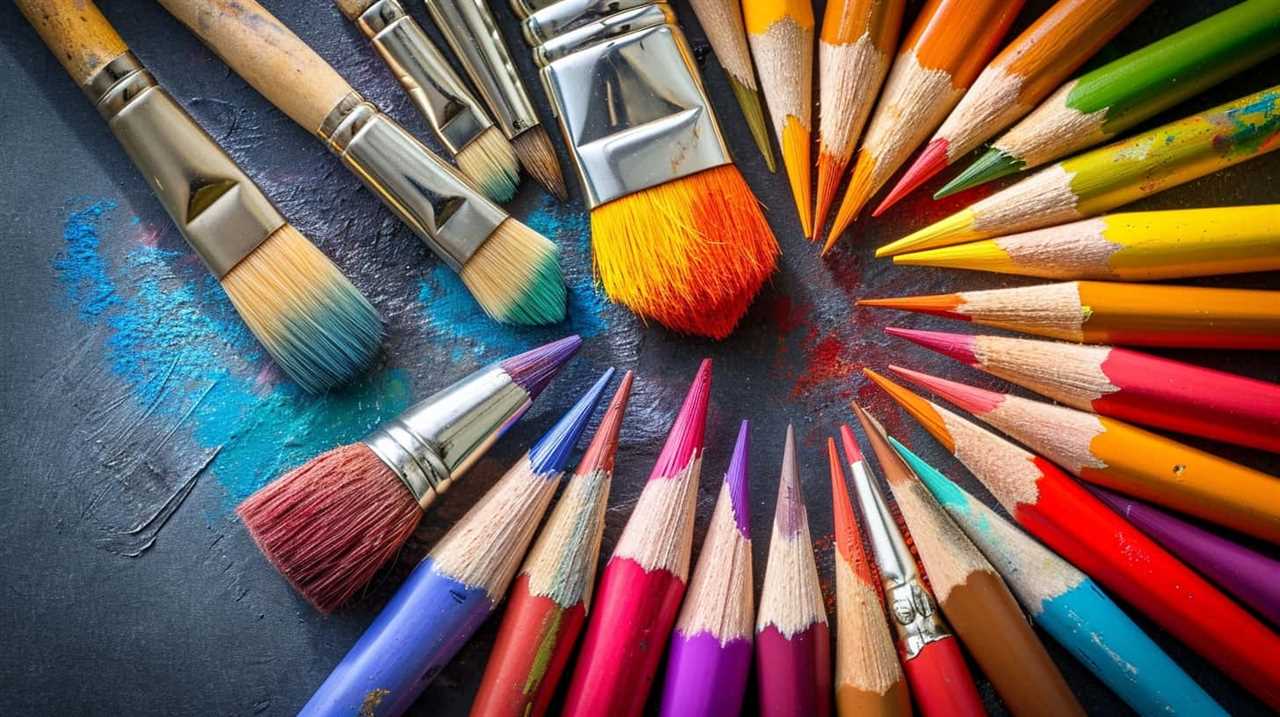
Frequently Asked Questions
How Did Vincent Van Gogh’s Struggle With Mental Health Impact His Perspective on Resilience?
Van Gogh’s struggle with mental health deeply impacted his perspective on resilience. It shaped his understanding of adversity and resilience, allowing him to find strength and inspiration in the face of overwhelming challenges.
What Specific Challenges Did Pablo Picasso Face in His Artistic Career and How Did He Overcome Them?
In Picasso’s artistic career, he faced numerous challenges, including criticism, experimentation, and societal expectations. However, he overcame them by pushing boundaries, embracing change, and staying true to his unique vision.
How Did Frida Kahlo’s Physical and Emotional Pain Influence Her Approach to Embracing Adversity?
Frida Kahlo’s physical and emotional pain influenced her approach to embracing adversity. She became a role model and an inspirational figure, showing us how to navigate through struggles with resilience and creativity.
What Obstacles Did Salvador Dali Encounter in His Artistic Journey and How Did He Navigate Through Them?
Salvador Dali encountered numerous obstacles in his artistic journey. Navigating through these challenges, he displayed mental health resilience like Vincent van Gogh. Just like Pablo Picasso, he overcame artistic challenges and, like Frida Kahlo, found strength in his artwork despite personal struggles. Georgia O’Keeffe also embraced pain in her artistic approach.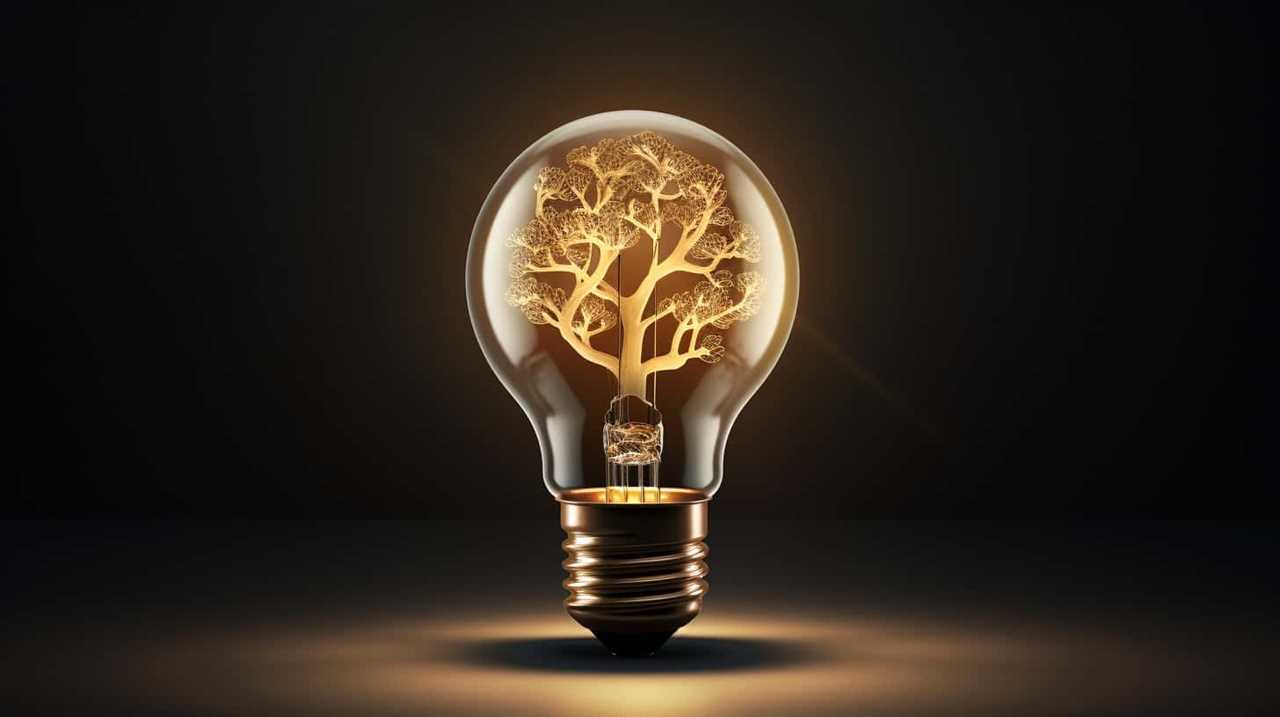
How Did Georgia O’keeffe Find Strength in Her Personal Struggles and Translate It Into Her Artwork?
In navigating personal struggles, Georgia O’Keeffe harnessed her feminist beliefs as a driving force, allowing her to overcome obstacles and create art that resonated with her inner strength and resilience.
What Adversity Quotes Can We Learn From Philosophical Perspectives on Artistic Beauty?
Adversity quotes can guide us in exploring artistic beauty perspectives. From a philosophical standpoint, challenges in creating and appreciating art are inherent. Embracing obstacles as part of the artistic process cultivates resilience and depth. Adversity can be a catalyst for profound artistic expression and unique perspectives on beauty.
Conclusion
In the realm of art, great visionaries like Van Gogh, Picasso, Kahlo, Dali, O’Keeffe, Munch, and Klimt have shared profound insights on mastering struggle.
Through their words, we’re reminded that adversity can be a catalyst for growth and creativity.
Like a delicate brushstroke on a canvas, they teach us to find beauty in the midst of struggle, transforming pain into art and turning adversity into a powerful expression of resilience.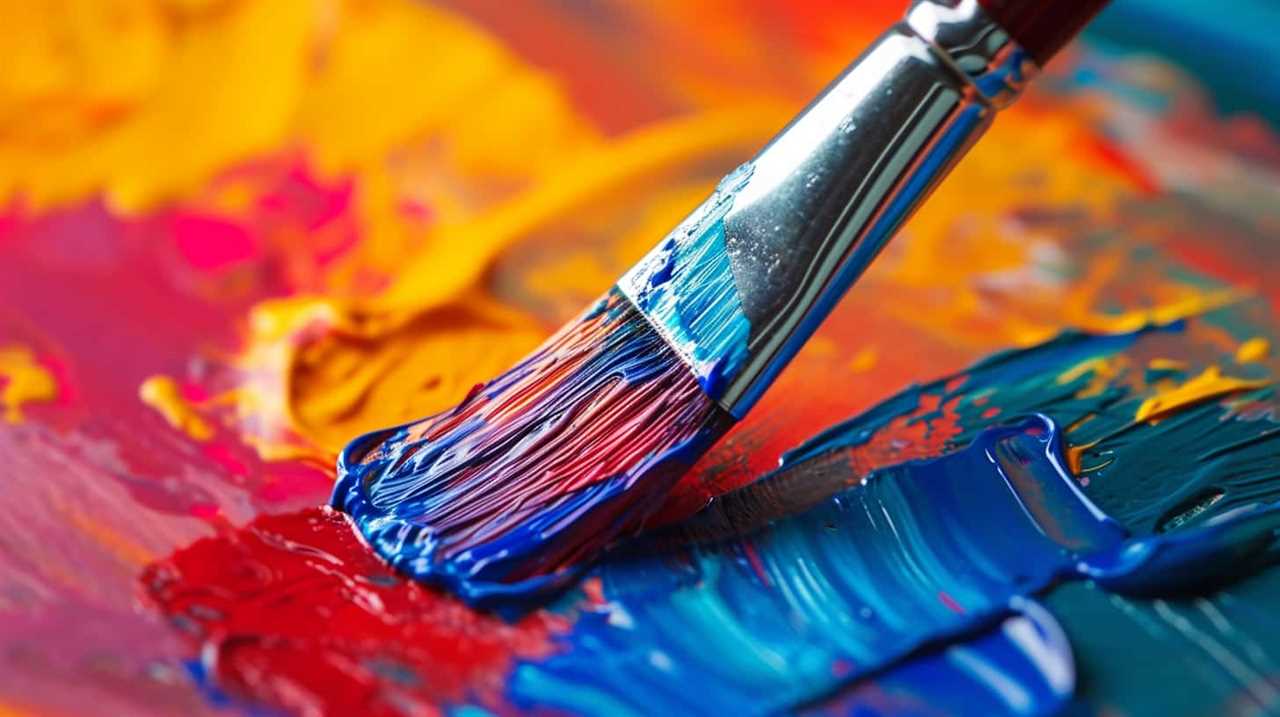
Let their wisdom guide us in our own journeys of overcoming obstacles and finding strength.
Lauren’s talent in writing is matched by her passion for storytelling. Her love for books and deep understanding of culture and entertainment add a distinct flavor to her work. As our media and press contact, Lauren skillfully bridges the gap between afterQuotes and the broader media landscape, bringing our message to a wider audience.
Artists Quotations
4 Best Interpretations of Nature’s Aesthetic Splendor
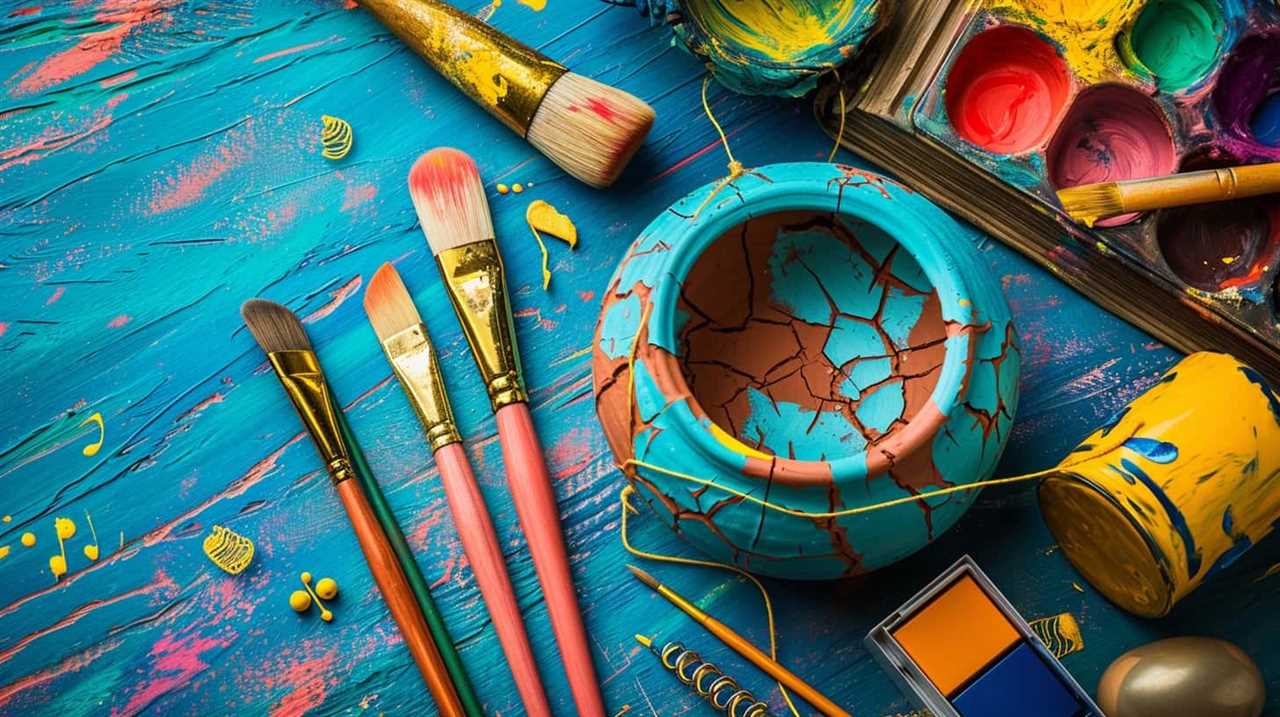
Were you aware that throughout history, nature has been a source of inspiration for numerous artists? Indeed, a current survey reveals that 92% of artists are inspired by the natural world’s beauty.
As a collective, we have carefully curated a list of the four best interpretations of nature’s aesthetic splendor. These artistic masterpieces not only capture the essence of nature, but also showcase the talent and skill of the artists behind them.
From Monet’s impressionistic landscapes that transport us to serene gardens, to Van Gogh’s vibrant nature portraits that burst with life, each interpretation offers a unique perspective on the beauty that surrounds us.
So join us as we embark on a journey through these breathtaking works of art, appreciating nature’s wonders through the eyes of these visionary artists.
Key Takeaways
- Monet’s innovative techniques revolutionized landscape painting, capturing the ever-changing effects of light on nature and inspiring future generations of artists.
- Van Gogh’s expressive brushwork and vibrant colors create a visual symphony, inviting us to experience the power and beauty of nature.
- O’Keeffe’s art distills the essence of natural beauty, simplifying natural forms to reveal their true essence and challenging us to see the world in a different light.
- Turner’s seascapes and skyscapes depict the power, serenity, and dramatic beauty of nature, leaving a lasting legacy in the art world and inspiring new perspectives on nature.
Monet’s Impressionistic Landscapes
What makes Monet’s impressionistic landscapes so captivating?
It’s his masterful use of light and color that sets his work apart. Monet had a unique ability to capture the ever-changing effects of light on the natural world, whether it be the shimmering reflections on water or the dappled sunlight filtering through leaves. His use of color was equally remarkable, employing a vibrant palette that brought his landscapes to life.
Monet’s influence on modern landscape painting can’t be overstated.
His innovative techniques paved the way for future artists to explore new ways of representing the natural world. By breaking away from traditional methods of representation, Monet revolutionized the art world and inspired countless artists to follow in his footsteps. His bold brushstrokes and emphasis on capturing fleeting moments in time challenged the notion of what a landscape painting could be.
In studying Monet’s impressionistic landscapes, one can gain a deeper understanding of the power of light and color in capturing the essence of nature.
His ability to evoke emotion through his vibrant and dynamic compositions is a testament to his mastery as an artist. Monet’s work continues to inspire and resonate with viewers, reminding us of the beauty and wonder that can be found in the world around us.
Van Gogh’s Vibrant Nature Portraits
Continuing our exploration of nature’s aesthetic splendor, we now turn our attention to Van Gogh’s vibrant nature portraits, which build upon the foundation laid by Monet’s impressionistic landscapes. Van Gogh’s mastery lies in his ability to capture the raw beauty of nature through bold and colorful brushstrokes. His paintings pulsate with life, as if the very essence of the natural world is dancing on his canvas.
In Van Gogh’s nature portraits, we witness the artist’s emotional connection to his subjects. His paintings evoke a sense of wonder and awe, as if he’s reaching out to touch the soul of nature itself. The swirling strokes and vibrant hues create a visual symphony that resonates within us, stirring our own emotions and deepening our appreciation for the world around us.
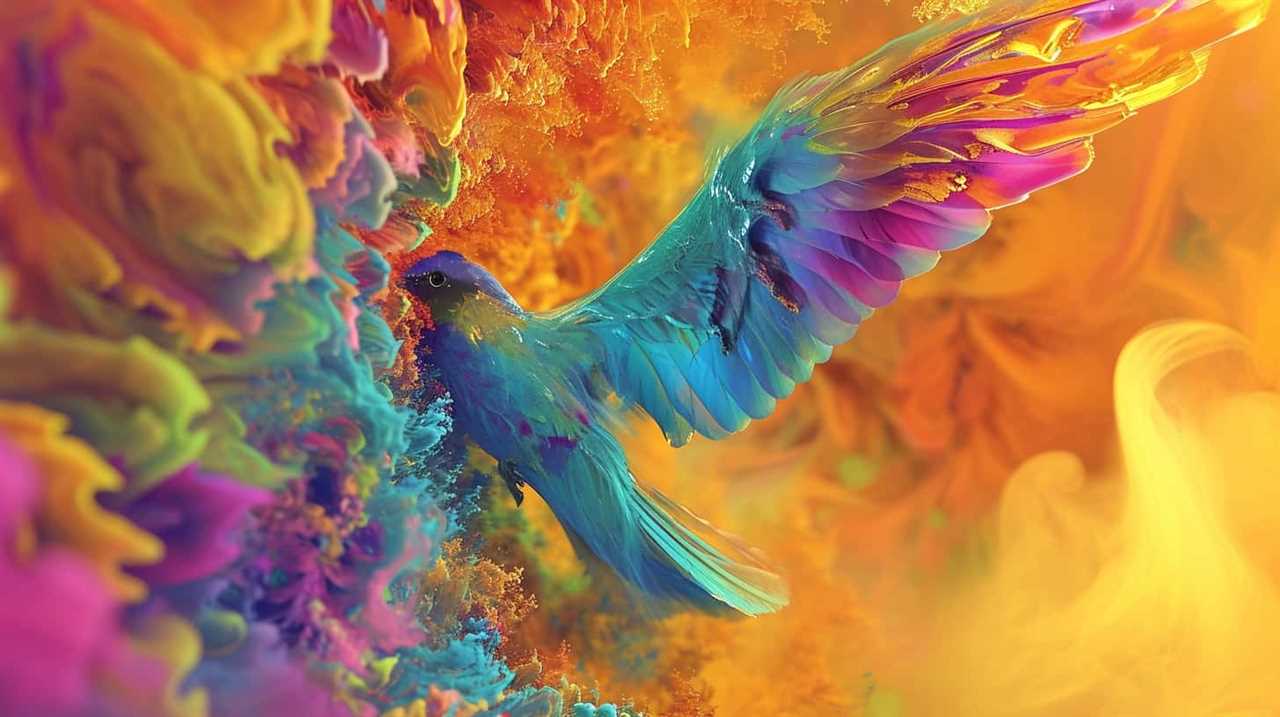
Van Gogh’s use of vivid colors and expressive brushwork transports us to a realm where the boundaries between art and nature blur. We can almost feel the warm sun on our skin, the gentle breeze rustling the leaves, and the fragrance of the flowers permeating the air. Through his art, Van Gogh invites us to experience the power and beauty of nature in a way that’s both profound and personal.
O’Keeffe’s Abstract Natural Forms
As we delve deeper into our exploration of nature’s aesthetic splendor, let’s now shift our focus to the mesmerizing abstract natural forms captured by O’Keeffe.
O’Keeffe, known for her iconic flower paintings, also delved into abstract art, creating unique interpretations of the essence of natural beauty. O’Keeffe’s abstract natural forms evoke a sense of wonder and curiosity. Through her art, she invites us to explore the hidden depths of the natural world, to see beyond what meets the eye. Her paintings capture the essence of nature in its purest form, distilling its beauty into vibrant and dynamic shapes and colors.
In O’Keeffe’s abstract works, we can see the influence of her surroundings in the American Southwest. The vast desert landscapes, the rugged canyons, and the delicate desert flowers all find expression in her art. She simplifies these natural forms, stripping away unnecessary details to reveal their true essence.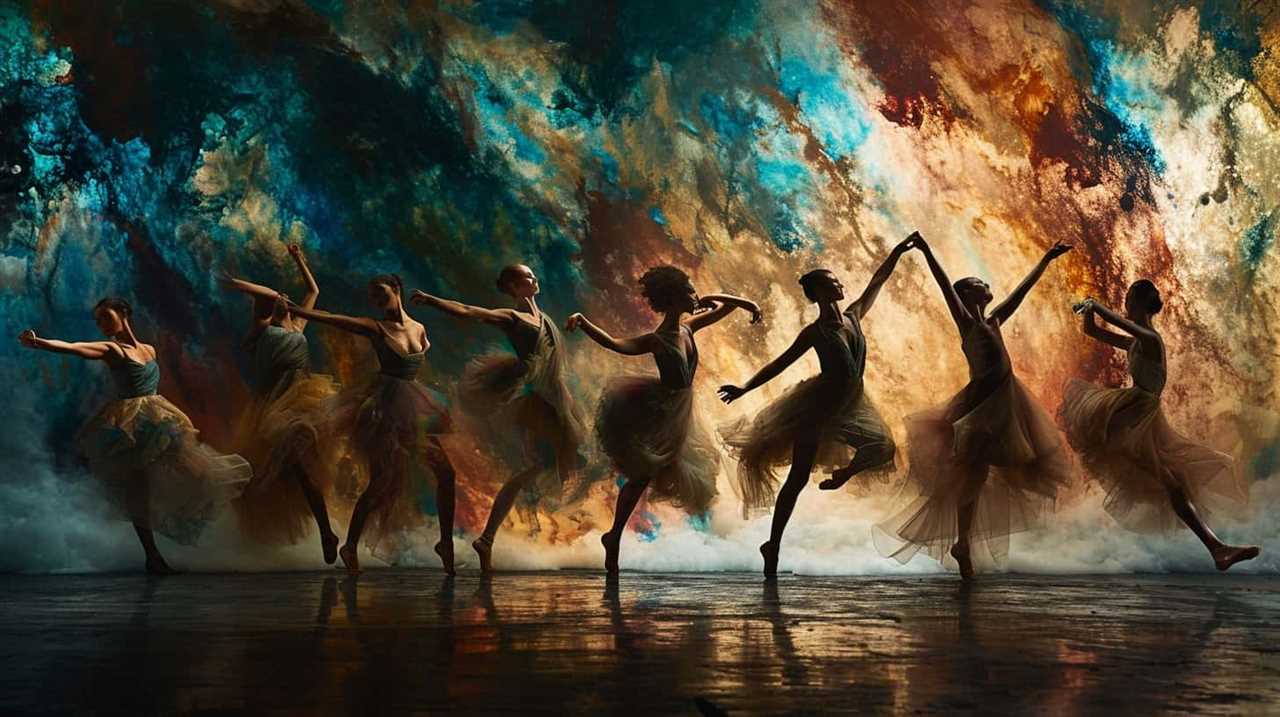
O’Keeffe’s unique interpretations of nature’s beauty through abstract art challenge us to see the world in a different light. Her paintings invite us to contemplate the interconnectedness of all things, to recognize the beauty in the smallest details, and to appreciate the inherent harmony of the natural world.
Turner’s Dramatic Sea and Skyscapes
As we delve deeper into our exploration of nature’s aesthetic splendor, we now shift our focus to Turner’s dramatic sea and skyscapes, which captivate us with their breathtaking beauty and evoke a sense of awe. Turner, a master of landscape painting, had an unparalleled ability to depict the power and serenity of the sea. His seascapes transport us to a world where waves crash against rugged cliffs, creating a symphony of sound and motion. The vast expanse of the ocean stretches out before us, its deep blue hues merging seamlessly with the sky above.
In Turner’s paintings, we witness the ever-changing moods of the sea, from tranquil, sun-drenched shores to tempestuous storms that whip up towering waves. He expertly captures the interplay of light and shadow, infusing his canvases with an ethereal quality that makes us feel as though we’re standing on the very edge of the world.
Turner’s skyscapes are equally mesmerizing. His ability to depict the movement and drama of clouds is unparalleled. We’re transfixed by the swirling masses of cumulus clouds, their billowing forms casting dynamic shadows on the land below. The sky becomes a canvas for Turner’s brush, as he paints with bold strokes, capturing the vastness and grandeur of the heavens.
In experiencing Turner’s dramatic sea and skyscapes, we’re reminded of the raw power and beauty of nature. His paintings transport us to a realm where the serenity of a calm seascape and the intensity of a storm are equally captivating. Turner’s mastery lies in his ability to evoke a range of emotions through his art, leaving us awe-inspired and longing for the sublime.
Frequently Asked Questions
What Materials Did Monet Use to Create His Impressionistic Landscapes?
Monet used a variety of materials to create his impressionistic landscapes. His artistic process involved capturing the essence of nature through vibrant colors and the play of light. This resulted in breathtaking interpretations of nature’s aesthetic splendor.
How Did Van Gogh’s Mental Health Influence His Vibrant Nature Portraits?
Van Gogh’s turbulent mind, an untamed tempest, imbued his nature portraits with an electric intensity. His mental illness, a catalyst for creativity, fueled vibrant brushstrokes that captured the raw essence of the natural world.
What Specific Natural Forms Did O’keeffe Abstract in Her Artwork?
In O’Keeffe’s artwork, she abstracted specific natural forms, capturing their essence and transforming them into unique, mesmerizing creations. Her artistic inspiration was deeply rooted in nature’s beauty, and her unique style continues to captivate audiences with its exquisite interpretation of the natural world.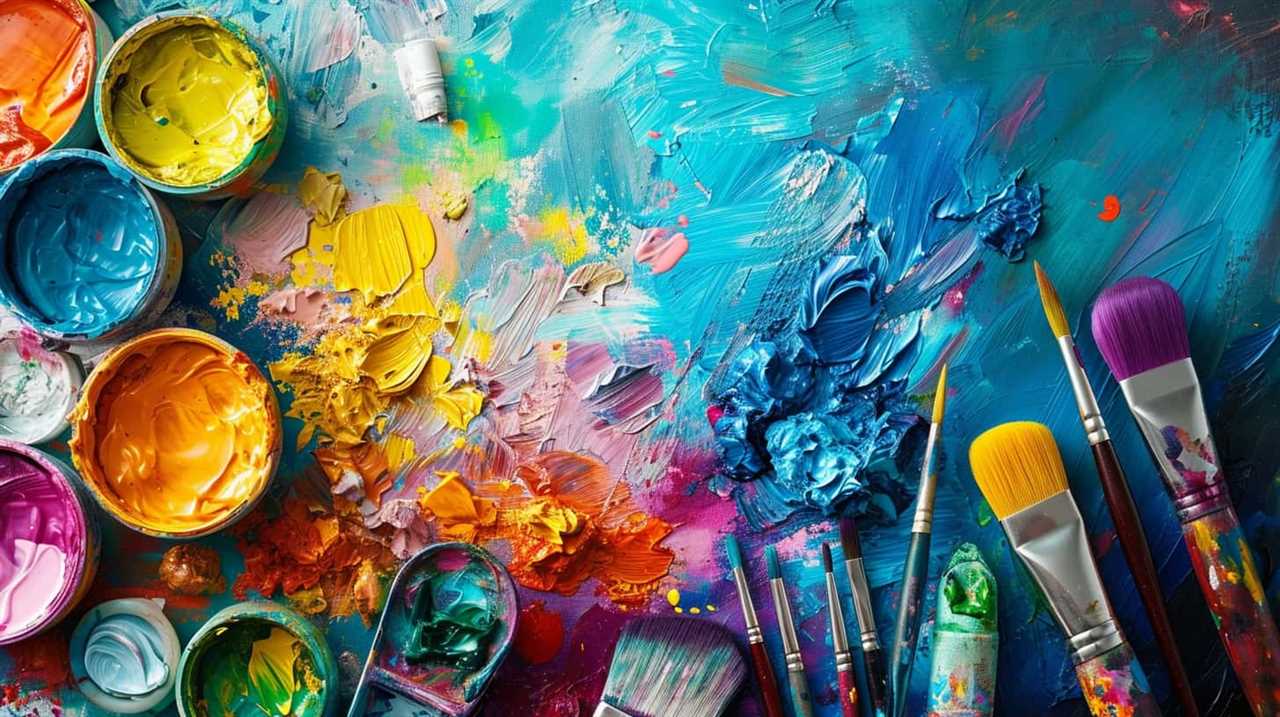
How Did Turner Capture the Dramatic Effects of Light and Atmosphere in His Sea and Skyscapes?
Turner’s seascapes mesmerize with their vibrant colors and masterful brushwork, capturing the ethereal dance of light and atmosphere. His genius influenced countless artists, inspiring them to explore nature’s ever-changing beauty in their own mesmerizing creations.
What Techniques Did Each Artist Use to Convey the Beauty of Nature in Their Respective Artworks?
To convey the beauty of nature, artists employ various techniques. They skillfully use color, capturing the vibrant hues of flowers and the serene shades of landscapes. Through their brushstrokes, they create a visual symphony that celebrates nature’s aesthetic splendor.
How Do Artistic Interpretations of Nature Compare to Poetic Celebrations of Its Beauty?
Artistic interpretations of nature often capture its essence through visual means, while the best poems celebrating nature’s splendor use words to evoke its beauty. Both art forms convey a deep appreciation for the natural world, yet each offers a unique perspective that resonates with audiences in different ways.
Conclusion
In conclusion, these four artists have captured nature’s aesthetic splendor in truly remarkable ways.
Monet’s impressionistic landscapes transport us to serene and dreamlike scenes, while Van Gogh’s vibrant nature portraits burst with energy and life.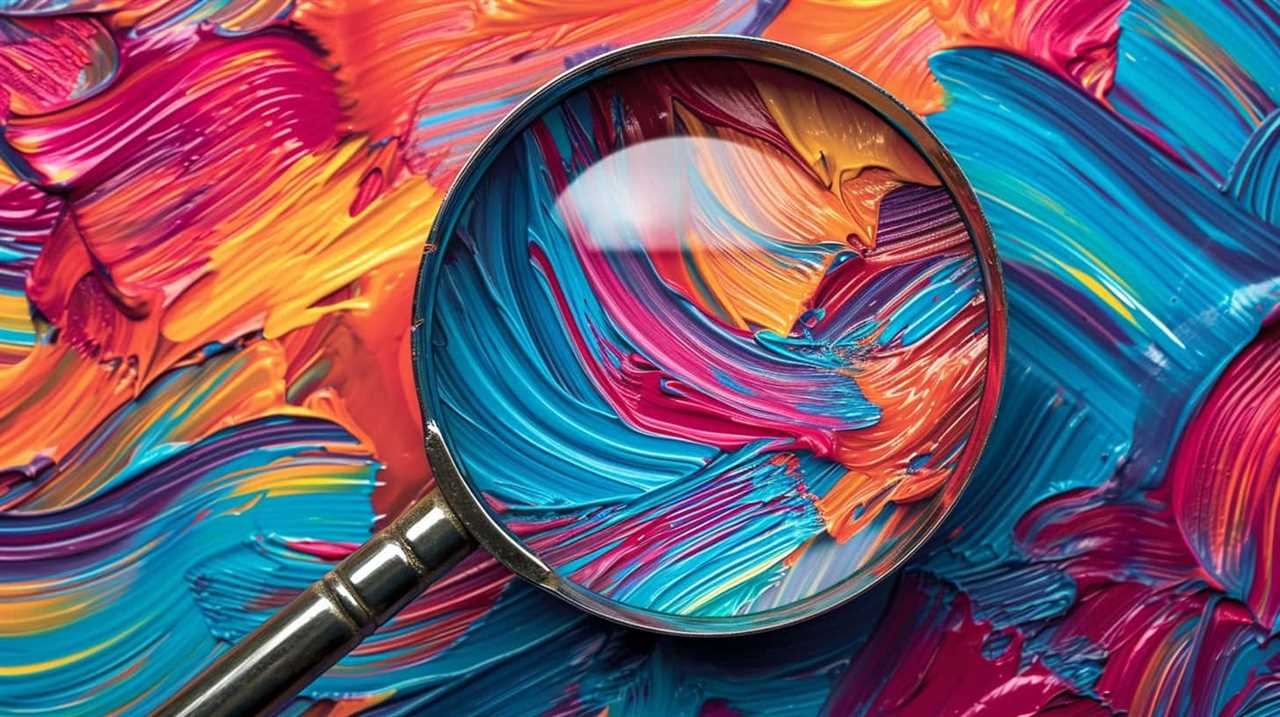
O’Keeffe’s abstract natural forms challenge us to see the beauty in unconventional ways.
And Turner’s dramatic sea and skyscapes evoke a sense of awe and wonder.
Each artist, in their own unique style, has gifted us with a glimpse into the breathtaking beauty of the natural world.
Lauren’s talent in writing is matched by her passion for storytelling. Her love for books and deep understanding of culture and entertainment add a distinct flavor to her work. As our media and press contact, Lauren skillfully bridges the gap between afterQuotes and the broader media landscape, bringing our message to a wider audience.
Artists Quotations
10 Best Quotes Shaping Art’s Influence and Legacy
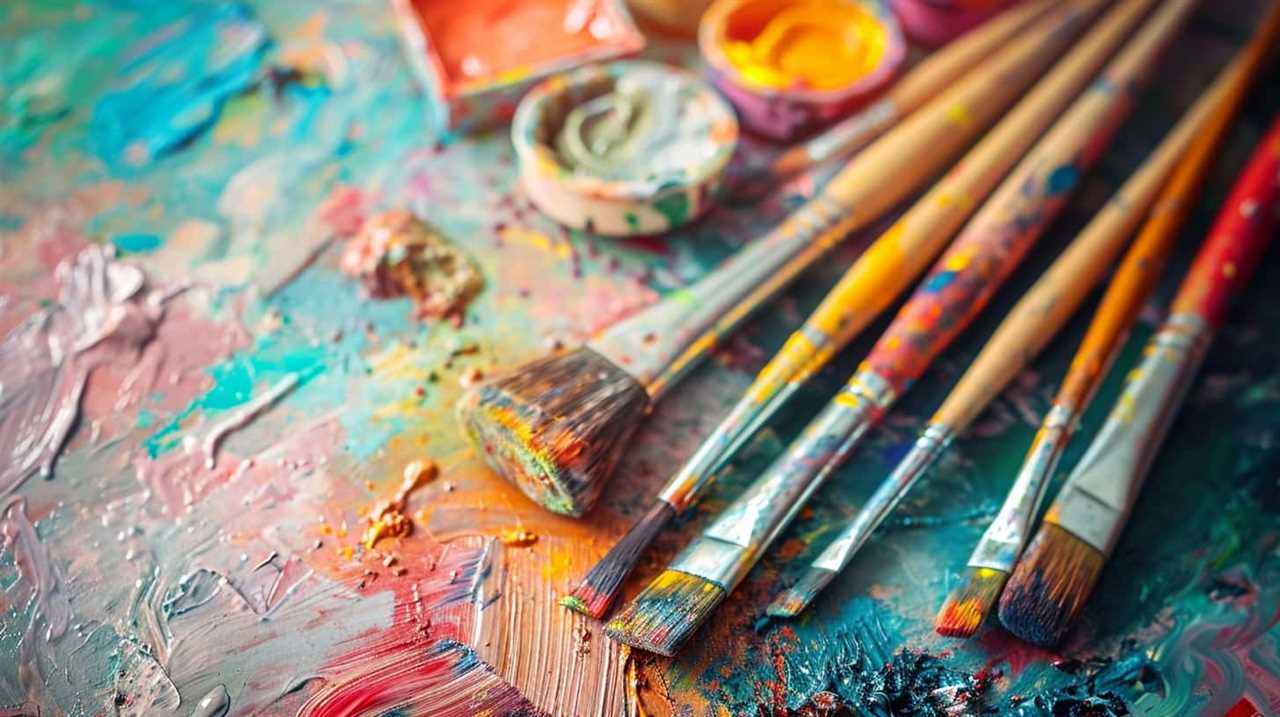
In our journey to understand the deep influence and lasting heritage of art, we’ve discovered a wealth of knowledge expressed through the words of eminent artists. These visionaries, with their artistic endeavors and creative brilliance, have bequeathed a legacy of profound quotes that persist in molding and motivating the world of art.
From Picasso’s revolutionary perspective on artistic evolution to Van Gogh’s profound insights on the artist’s struggle, each quote serves as a timeless beacon of guidance for those seeking mastery in the realm of art.
Join us as we delve into the depths of these 10 best quotes, each a testament to the transformative power of art and its everlasting influence on our world.
Key Takeaways
- Art serves as a cathartic outlet for artists, allowing them to express their innermost thoughts and emotions.
- Art has the power to elicit deep emotions within individuals and serve as a form of therapy, providing emotional release.
- Art has the ability to challenge societal norms, provoke thought, and encourage critical thinking.
- Art has a timeless quality, transcending the limitations of time and communicating across generations and cultures.
Picasso’s Perspective on Artistic Evolution
In our exploration of artistic evolution, Picasso offers a unique perspective on the transformative power of art. Picasso, one of the most influential artists of the 20th century, understood the artist’s struggle to push boundaries and challenge the norms of their time. He believed that art should be a reflection of the artist’s inner world, a means of expressing emotions and ideas that can’t be conveyed through conventional means. For Picasso, artistic evolution wasn’t a linear progression, but a constant exploration and experimentation with new forms and techniques.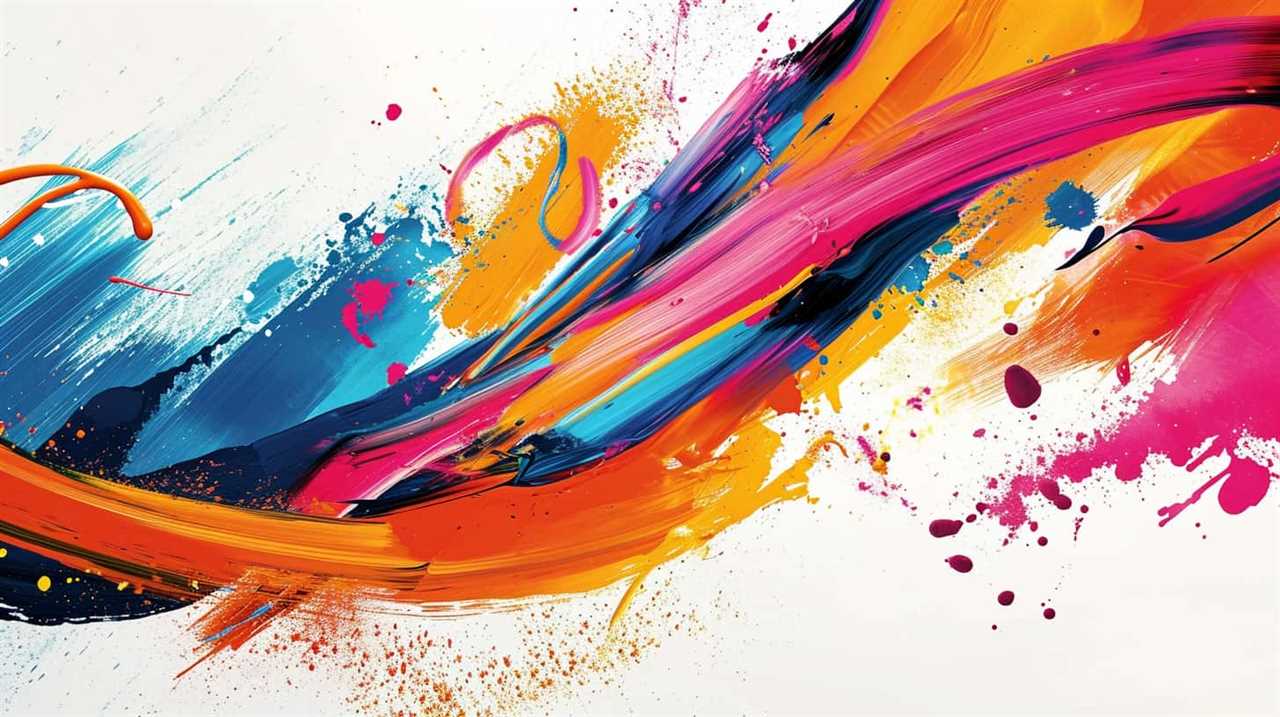
Picasso’s own journey as an artist exemplified this constant evolution. He started with traditional styles like realism and impressionism but quickly moved towards the avant-garde movements of Cubism and Surrealism. His ability to adapt and evolve his artistic style allowed him to break free from the constraints of traditional art and create something entirely new and revolutionary.
Picasso believed that art had the power to transform both the artist and the viewer. It could challenge and provoke, forcing people to see the world in a different light. Through his own artistic evolution, Picasso showed that art has the potential to transcend boundaries and redefine what’s possible. His unique perspective reminds us of the constant struggle that artists face in their quest for creative expression and the transformative power that art holds.
Van Gogh’s Profound Insights on the Artist’s Struggle
Van Gogh’s profound insights on the artist’s struggle shed light on the connection between mental turmoil and creativity.
Through his art, Van Gogh expressed his innermost thoughts and emotions, using painting as a means of personal expression.
His works reflect the intense and often chaotic nature of the artistic process, reminding us that art isn’t just a product but a reflection of the artist’s inner world.
Mental Turmoil and Creativity
We, as artists, often grapple with the profound connection between mental turmoil and creativity, as evidenced by Vincent van Gogh’s insightful reflections on the struggle faced by artists. Van Gogh’s own experiences with mental illness and artistic inspiration provide an intimate understanding of this complex relationship.
He recognized that mental turmoil could be both a hindrance and a catalyst for creativity. Van Gogh believed that art therapy, in a sense, allowed him to channel his inner struggles into his work, providing a means of expression and release. Through his paintings, he was able to transform his pain and anguish into something beautiful and meaningful.
Van Gogh’s profound insights remind us that mental turmoil isn’t always a barrier to creativity, but rather a powerful force that can fuel artistic expression.
In the subsequent section, we’ll delve into the concept of art as personal expression.
Art as Personal Expression
Continuing the exploration of the profound connection between mental turmoil and creativity, we artists can gain valuable insights into the struggle faced by our fellow creators, such as Vincent van Gogh, who offers profound perspectives on the artist’s personal expression.
Van Gogh’s struggle with mental health is well-documented, and his art serves as a testament to the power of artistic expression as a means of coping and self-discovery. Through his paintings, Van Gogh bared his soul, allowing viewers to witness his innermost thoughts and emotions.
His use of vibrant colors and expressive brushstrokes conveyed the intensity of his feelings, leaving an indelible mark on the art world. Van Gogh’s work not only serves as a cathartic outlet for the artist, but also as a mirror reflecting the complexities of the human experience.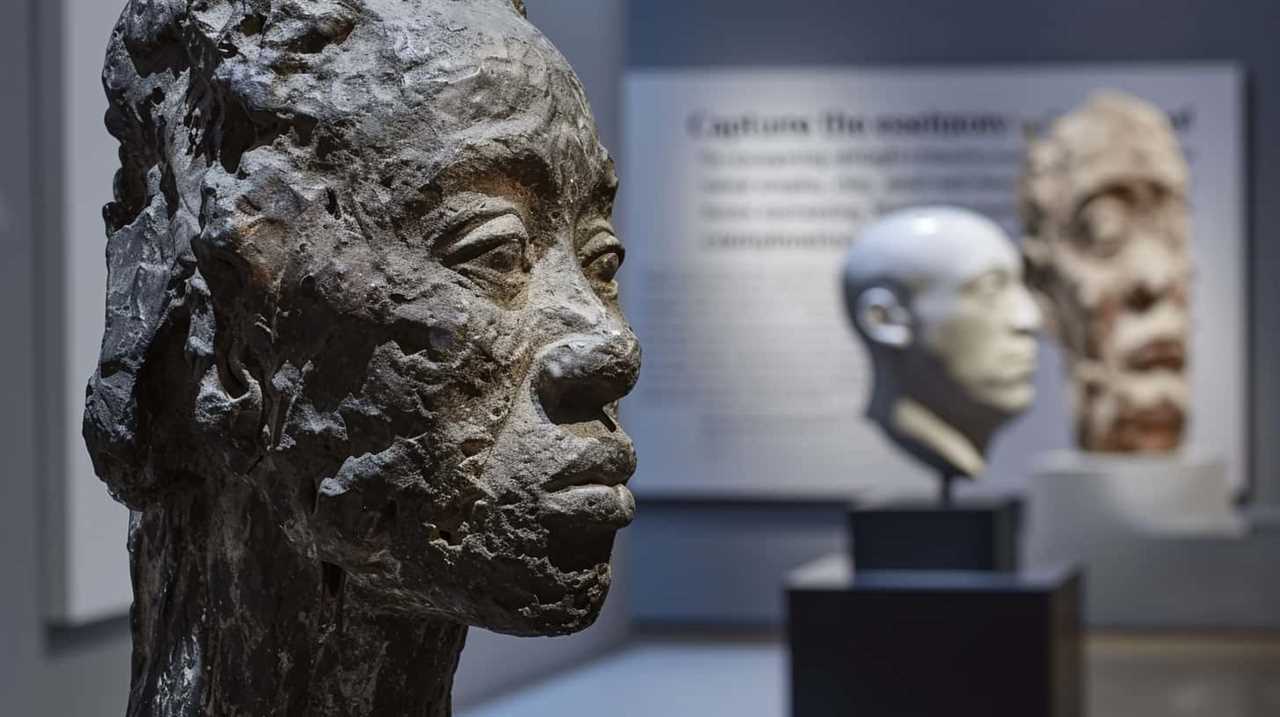
It reminds us of the vital role art plays in society, as a medium for personal expression and a catalyst for societal change.
Da Vinci’s Timeless Wisdom on Creativity and Innovation
Da Vinci’s creative genius and his timeless wisdom on creativity and innovation continue to shape the art world and beyond. His insights, rooted in curiosity and a deep understanding of the natural world, offer valuable lessons for artists, inventors, and thinkers of all kinds.
Da Vinci’s Creative Genius
As we explore the influence and legacy of art, one can’t overlook the profound impact of Da Vinci’s creative genius and his timeless wisdom on creativity and innovation.
Da Vinci’s engineering marvels, such as his designs for flying machines and intricate water systems, showcase his unparalleled ability to merge art and science. His understanding of the natural world and his ability to translate it into innovative designs revolutionized the fields of engineering and architecture.
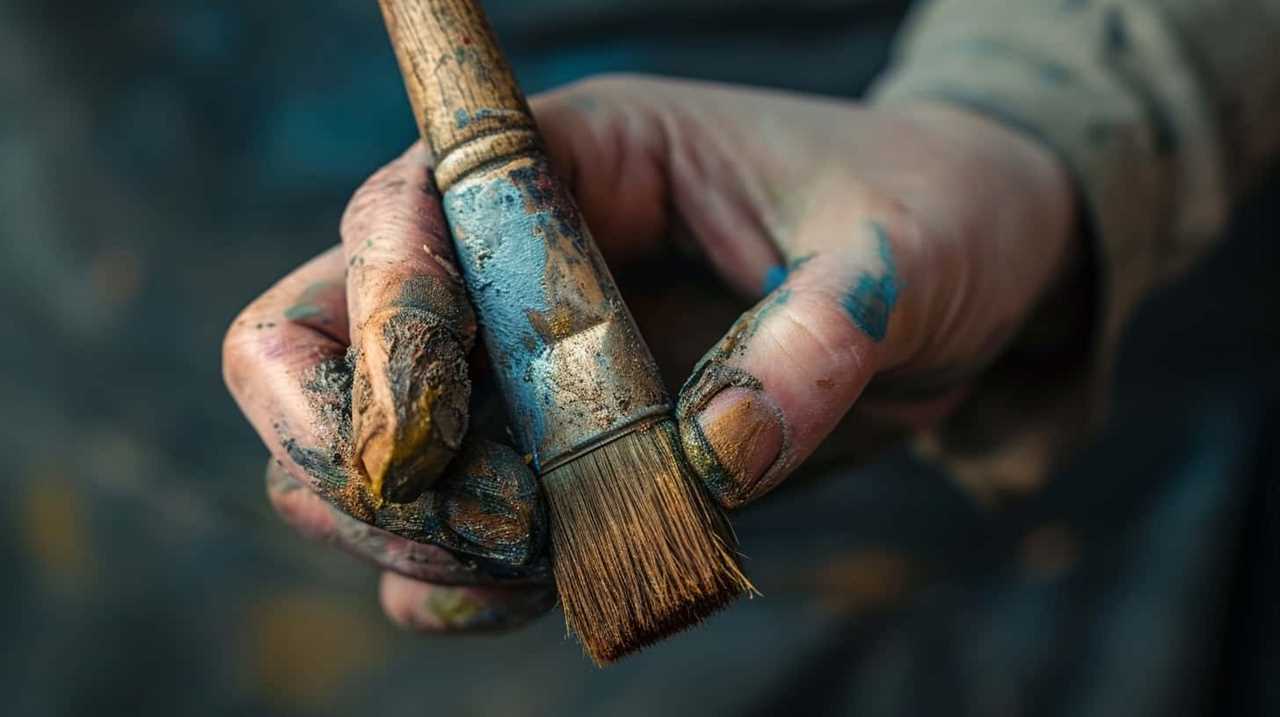
Furthermore, Da Vinci’s unique perspective on creativity and innovation continues to inspire artists and thinkers to this day. His emphasis on observing and studying nature, experimenting with different materials and techniques, and embracing curiosity and imagination, provides invaluable insights for those seeking to push the boundaries of artistic expression.
With Da Vinci as our guide, we can explore the limitless possibilities of innovation through timeless wisdom.
Innovation Through Timeless Wisdom
Let’s delve into the timeless wisdom of Da Vinci on creativity and innovation, drawing upon his extraordinary ability to merge art and science. Da Vinci’s insights continue to resonate with artists and innovators, providing guidance on how to navigate the ever-changing landscape of artistic expression and creative exploration.
His wisdom reminds us of the importance of embracing curiosity and experimentation, pushing boundaries and venturing into the unknown. Through his works and writings, Da Vinci encourages us to seek inspiration from nature, observe keenly, and approach our creative endeavors with a sense of wonder.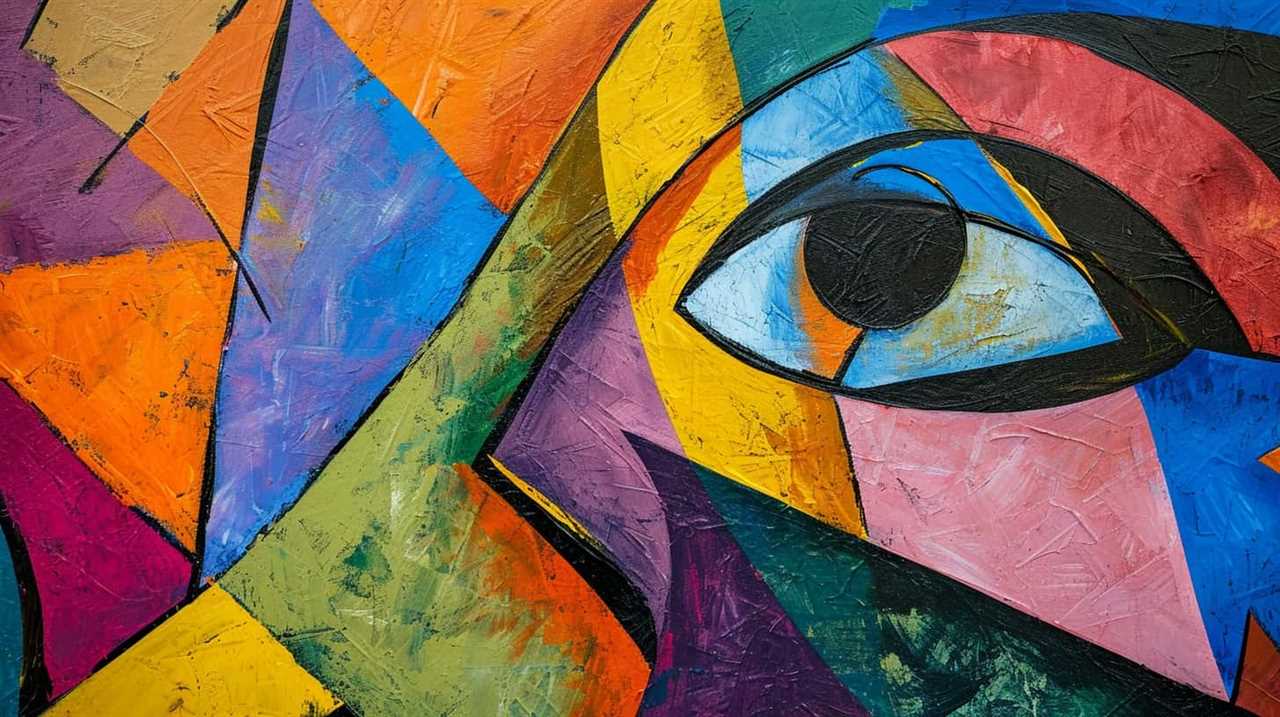
He believed in the power of interdisciplinary thinking, recognizing that true innovation often arises from the intersection of different fields. Da Vinci’s timeless wisdom serves as a guiding light for those seeking to unlock their own creative potential and make a lasting impact on the world.
Frida Kahlo’s Empowering Words on Self-Expression
In exploring the empowering words of Frida Kahlo, we are reminded of the transformative power that self-expression can have in shaping our lives and the legacy of art. Kahlo, a renowned Mexican artist, was not only known for her vibrant and introspective paintings, but also for her feminist activism. Through her art and activism, she challenged societal norms and paved the way for women to assert their voices and assert their identities.
| Frida Kahlo’s Empowering Words | Analysis |
|---|---|
| "I am my own muse" | Kahlo’s declaration of self-reliance and self-empowerment signifies her refusal to be defined by others. It highlights the importance of embracing one’s uniqueness and finding inspiration within oneself. |
| "Feet, what do I need you for when I have wings to fly?" | This quote reflects Kahlo’s resilience and determination to overcome physical and emotional pain. It encapsulates her indomitable spirit and her ability to rise above adversity. |
| "I paint self-portraits because I am so often alone, because I am the person I know best" | Kahlo’s self-portraits were not merely depictions of her physical appearance but also a means of introspection and self-discovery. They allowed her to explore her inner world and express her emotions authentically. |
| "I never paint dreams or nightmares. I paint my own reality" | Kahlo’s rejection of escapism highlights her commitment to truth and authenticity. She painted her reality, no matter how painful or challenging, as a way to confront and process her experiences. |
| "I am my own muse, I am the subject I know best. The subject I want to know better." | This quote emphasizes Kahlo’s ongoing journey of self-discovery and self-exploration. It reflects her continuous growth as an artist and her desire to delve deeper into her own psyche. |
Frida Kahlo’s empowering words resonate with individuals who value self-expression and personal growth. Her ability to transcend societal expectations and embrace her own truth serves as a reminder that art has the power to shape lives and leave a lasting legacy. Just as Kahlo used her art as a vehicle for self-expression, we too can harness the transformative power of creativity to explore our own identities and leave our mark on the world.
Monet’s Reflections on Capturing the Essence of Nature
Monet’s exploration of capturing the essence of nature reveals the depth and beauty that can be found in the natural world. His ability to translate the fleeting moments of light and color onto canvas is a testament to his mastery as an artist. Through his innovative techniques and keen observation, Monet captured the beauty of nature in a way that resonates with viewers to this day.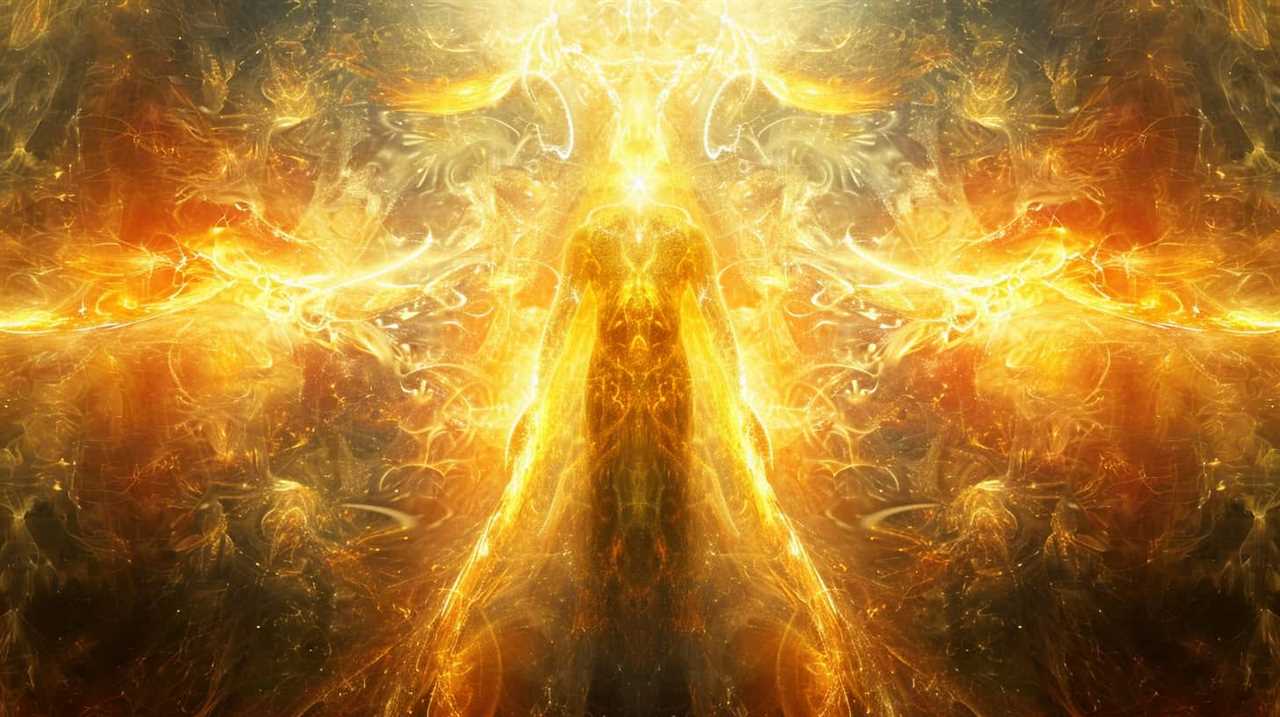
To truly appreciate Monet’s approach to capturing beauty, one must delve into his artistic inspiration and methods. Here are two key aspects that make his work so remarkable:
- Impressionistic brushwork: Monet’s loose and spontaneous brushstrokes give his paintings a sense of movement and vitality. By focusing on capturing the overall impression rather than intricate details, he was able to evoke emotion and convey the essence of nature in a way that was unprecedented at the time.
- Play of light and color: Monet was fascinated by the ever-changing nature of light and its effect on the landscape. He skillfully used vibrant hues and delicate tonal variations to capture the essence of different times of day and seasons. Through his use of color, he brought life and energy to his paintings, making them feel alive and immersive.
Monet’s reflections on capturing the essence of nature continue to inspire artists today. His ability to distill the beauty of the natural world into vibrant and evocative paintings serves as a reminder of the profound impact that art can have on our perception of the world around us.
Warhol’s Iconic Statement on Mass Production and Popular Culture
Warhol’s iconic statement on mass production and popular culture has had a significant cultural impact.
His embrace of mass production and consumerism sparked controversy within the art world, challenging traditional notions of artistic value and originality.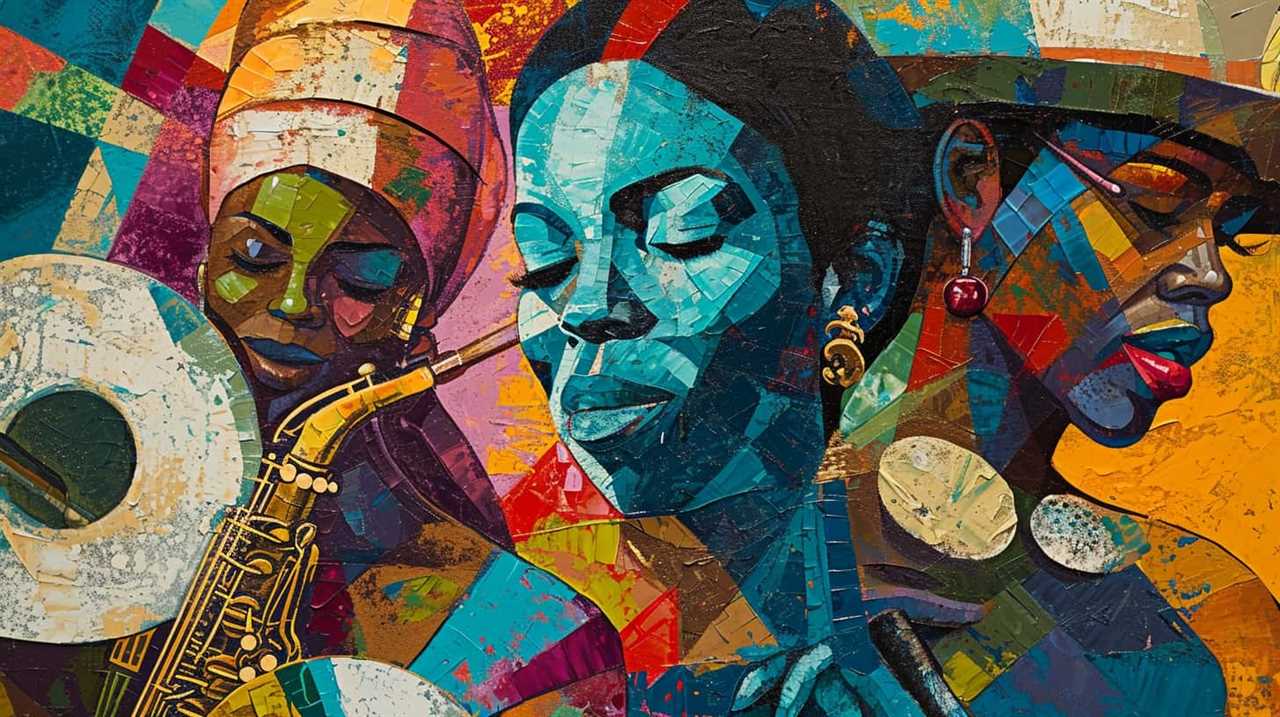
Through his work, Warhol forced us to confront the influence of consumer culture on art and society, raising important questions about the role of art in a mass-produced and commodified world.
Warhol’s Cultural Impact
We were blown away by the cultural impact of Warhol’s iconic statement on mass production and popular culture. Warhol’s influence on pop art can’t be overstated. Through his vibrant and bold works, he challenged the traditional notions of art and pushed the boundaries of creativity. His use of repetition and appropriation in his art reflected the mass production and consumerism of the post-war era, making a powerful statement about the commodification of art and society.
Additionally, Warhol played a pivotal role in celebrity culture, elevating icons like Marilyn Monroe and Elvis Presley to new levels of stardom through his iconic portraits. His art not only mirrored but also shaped the popular culture of his time.
Transitioning into the subsequent section about the ‘mass production controversy’, we delve deeper into the debate surrounding Warhol’s embrace of consumerism and its implications for the art world.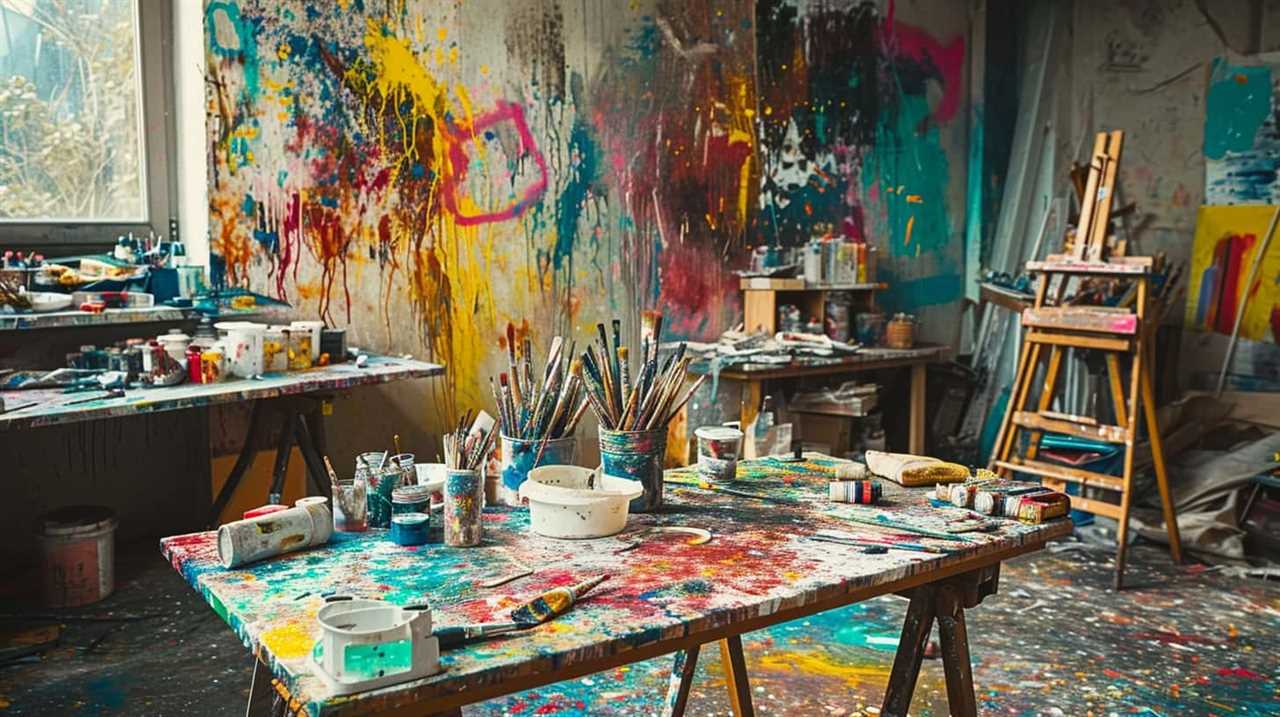
Mass Production Controversy
Occasionally, artists confront the controversy surrounding mass production and popular culture, as exemplified by Warhol’s iconic statement.
Warhol, a leading figure in the Pop Art movement, embraced mass production as a way to challenge traditional notions of art and to explore the effects of consumerism on society. His famous quote, ‘Art is what you can get away with,’ reflects his belief that art should be accessible and widely distributed, blurring the boundaries between high and low culture.
However, this embrace of mass production raises ethical implications. Critics argue that it devalues the uniqueness and craftsmanship of art, turning it into a commodity. Additionally, the mass production of art can perpetuate inequalities by favoring artists with commercial success, limiting opportunities for marginalized voices.
The debate surrounding mass production and its effects on art and culture continues to shape the art world today.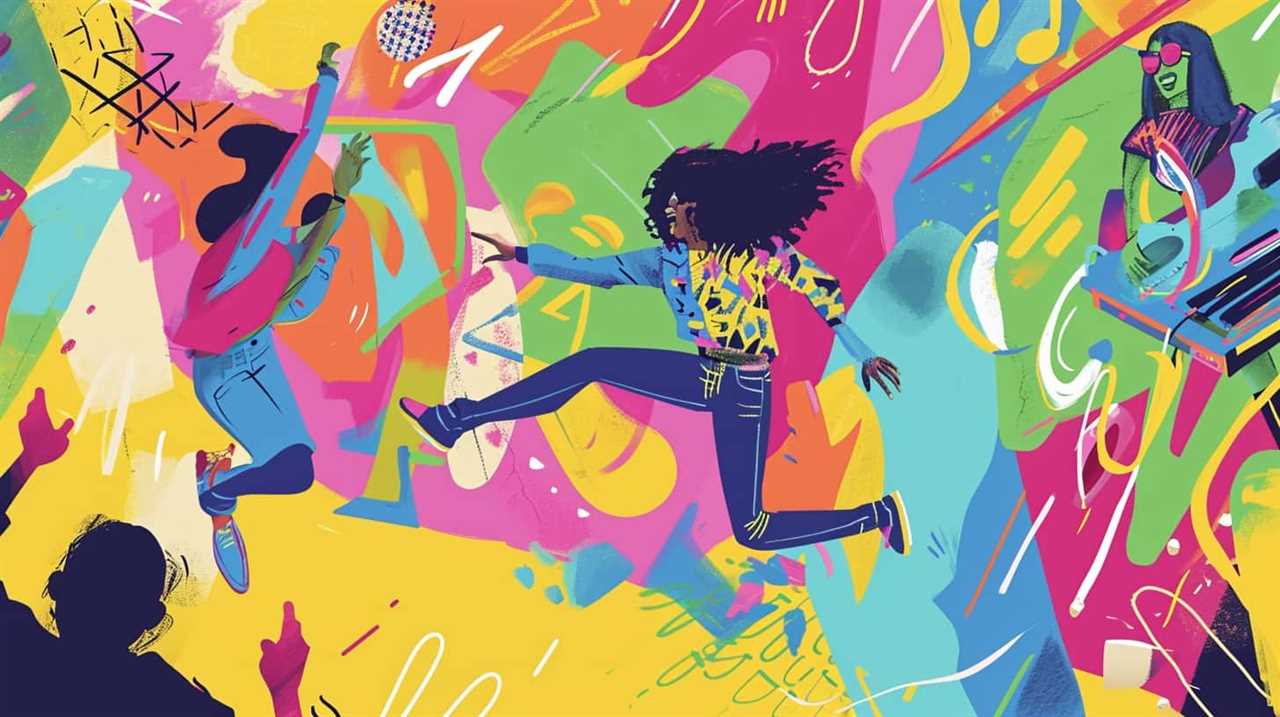
Art and Consumerism
The intersection of art and consumerism has long been a topic of debate, as society grapples with the implications of mass production and its impact on popular culture. When examining the relationship between art and consumerism, two key aspects emerge:
- Art and Capitalism:
- Art as a Commodity: The rise of consumerism has transformed art into a commodity, where artworks are bought and sold for profit rather than solely for their artistic value.
- Commercialization of Art: The art market has become heavily influenced by capitalism, with artists and galleries catering to consumer demands and trends in order to maximize sales.
- Impact on Creativity:
- Homogenization of Art: The mass production and consumption of art can lead to a homogenization of artistic expression, as artists may feel pressured to create works that cater to popular tastes rather than exploring new and innovative ideas.
- Artistic Freedom vs. Commercial Success: The pursuit of commercial success can sometimes hinder an artist’s creativity and freedom, as they may feel compelled to create works that will sell rather than staying true to their artistic vision.
O’keeffe’s Thoughts on the Power of Abstraction and Symbolism
While exploring the power of abstraction and symbolism, O’Keeffe believed that these artistic techniques have the ability to transcend the limitations of representation and evoke a deeper emotional response. For O’Keeffe, abstraction served as a powerful means of communication, allowing artists to convey complex ideas and emotions in a way that surpassed the constraints of literal representation. By distilling an image down to its essential elements and removing unnecessary details, abstraction enabled artists to tap into a more universal language that could be understood by people from different cultures and backgrounds.
Symbolism, on the other hand, held the potential to evoke a profound and intuitive understanding. O’Keeffe saw symbolism as a universal language that transcended language barriers, enabling artists to communicate directly with the viewer on a deeper, subconscious level. Through the use of symbols, artists could convey complex emotions, ideas, and experiences that may be difficult to express through traditional representational art. O’Keeffe believed that symbolism had the power to unlock the viewer’s imagination and create a personal connection, allowing them to interpret the artwork in their own unique way.
Dali’s Surreal Musings on the Subconscious Mind
As we delve into Dali’s surreal musings on the subconscious mind, we further explore the profound depths of artistic expression initiated by O’Keeffe’s thoughts on abstraction and symbolism.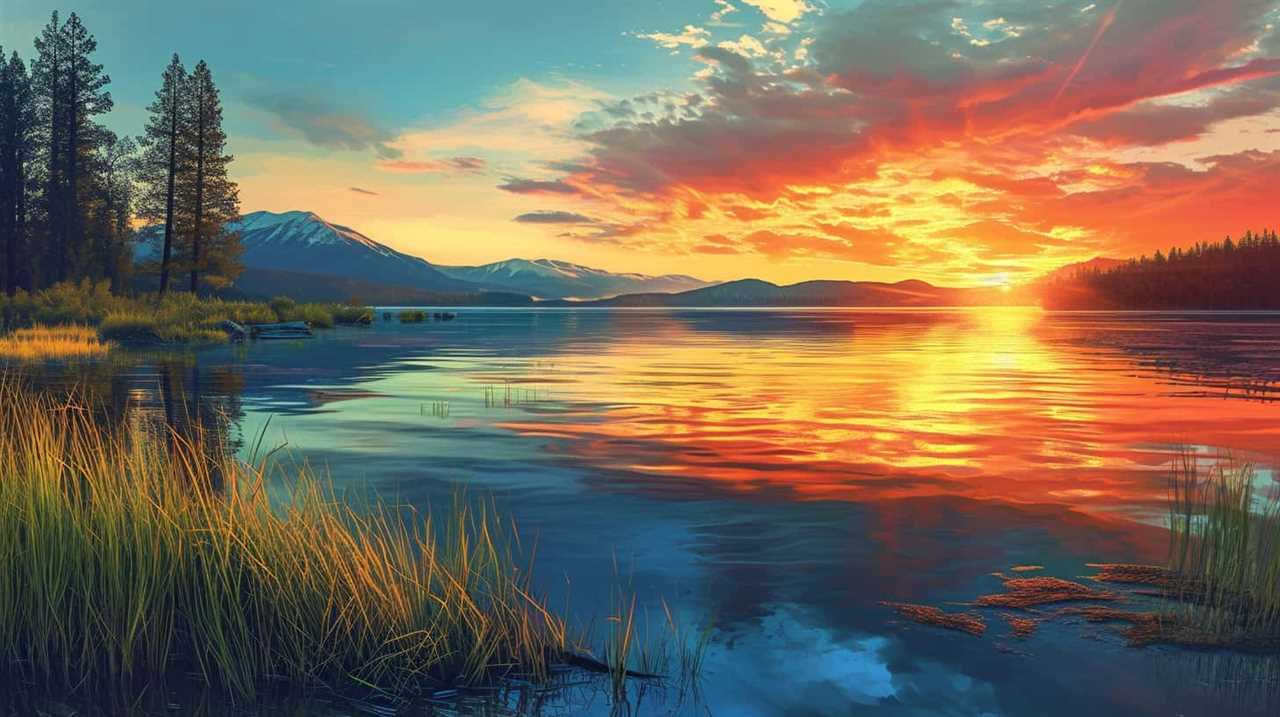
Dali, a prominent figure in the surreal art movement, delved into the depths of the subconscious, creating works that challenged traditional notions of reality and pushed the boundaries of artistic exploration.
In his exploration of the subconscious, Dali believed that the mind held hidden truths and desires that could only be accessed through art. His works often featured dreamlike imagery, bizarre juxtapositions, and distorted perspectives, all of which aimed to tap into the mysterious recesses of the human psyche. Through his use of symbolism and surrealism, Dali sought to create a visual language that could communicate the unspoken and unconscious aspects of the human experience.
Dali’s fascination with the subconscious led him to develop his own unique artistic techniques, such as the ‘paranoiac-critical method,’ which involved tapping into the irrational and illogical aspects of the mind to create new artistic possibilities. By embracing the irrational and the fantastical, Dali sought to challenge conventional thinking and open up new avenues for artistic expression.
Pollock’s Revolutionary Approach to Painting and Spontaneity
Moving from Dali’s exploration of the subconscious mind, we now delve into Pollock’s revolutionary approach to painting and how it embraced spontaneity.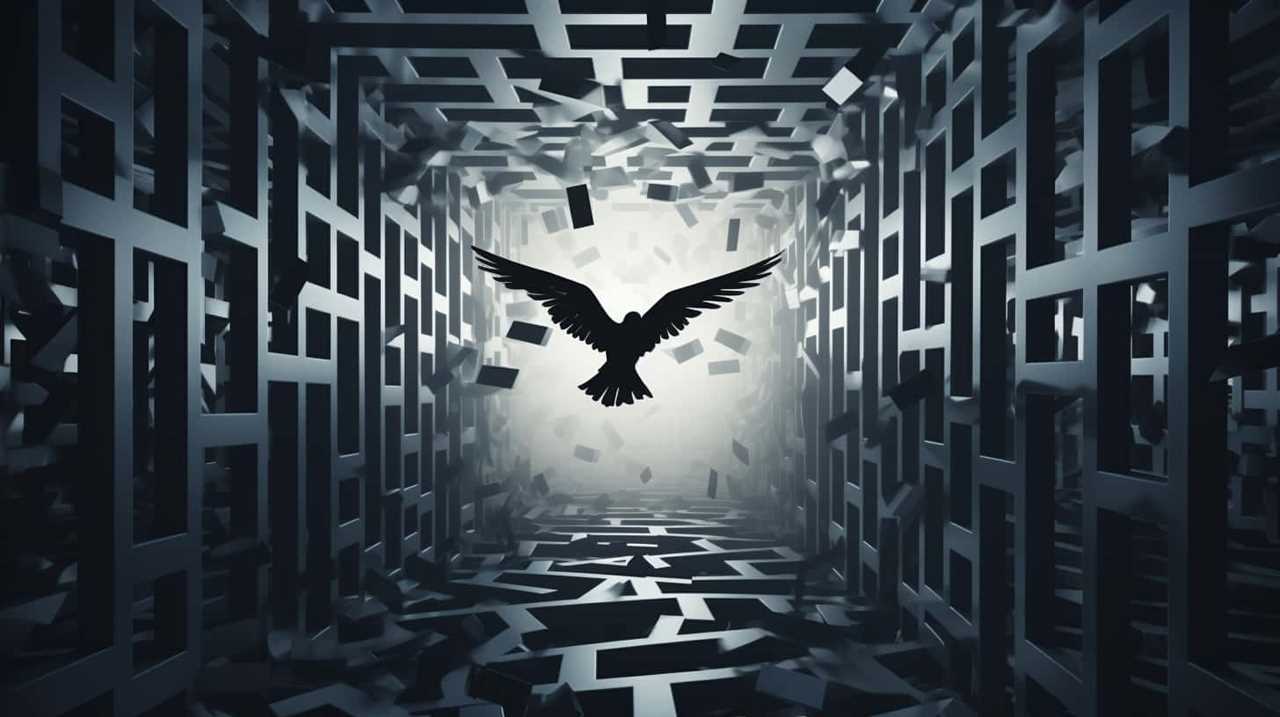
Pollock’s work marked a significant shift in the art world, as he rejected traditional methods of painting and embraced a more spontaneous and intuitive approach. This approach, known as abstract expressionism, allowed him to tap into a realm of spontaneous creativity that was unparalleled at the time.
Pollock’s paintings were characterized by their bold and energetic brushstrokes, drips, and splatters. He’d lay his canvases on the floor and move around them, pouring and dripping paint from above. This method allowed him to create dynamic and unpredictable compositions, capturing the essence of his inner emotions and thoughts.
Through his revolutionary approach, Pollock challenged the idea that art had to be carefully planned and executed. He believed in the power of the unconscious mind and the ability of spontaneous creativity to reveal deeper truths. His work not only influenced the art world but also paved the way for future generations of artists to embrace their own unique styles and methods of expression.
Are the Quotes in Both Lists Similar in Expressing Art’s Influence and Legacy?
Yes, the quotes in both lists are similar in expressing art’s influence and legacy. Both lists feature iconic art influence quotes that highlight the lasting impact and significance of art in society and culture. These quotes serve as a reminder of the power and importance of artistic expression.
Michelangelo’s Enduring Belief in the Transformative Power of Art
How does Michelangelo’s enduring belief in the transformative power of art shape his artistic legacy?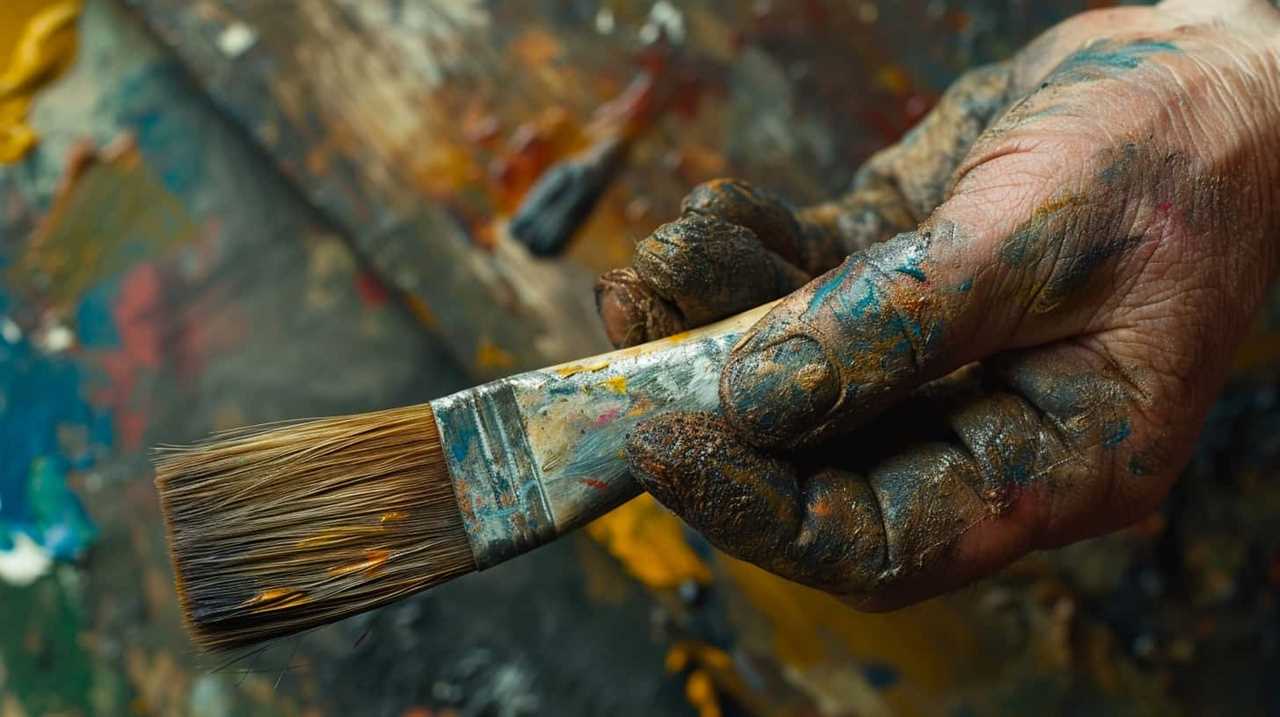
Michelangelo, one of the most renowned artists of the Renaissance, firmly believed in the ability of art to bring about profound change. This enduring belief is evident in his works, which continue to captivate audiences and inspire artists to this day.
To understand the transformative power of Michelangelo’s art, we must first consider the impact it had on the viewer. His sculptures, such as the iconic David, conveyed a sense of strength, beauty, and idealized human form that left viewers in awe. Through his skillful manipulation of marble, Michelangelo was able to breathe life into his creations, instilling in them a sense of vitality and emotion that transcended the material itself.
Moreover, Michelangelo’s enduring belief in the transformative power of art is also reflected in his frescoes, most notably in the Sistine Chapel ceiling. Through intricate brushwork and meticulous attention to detail, he transformed the chapel’s ceiling into a sprawling visual narrative, depicting biblical stories and themes that resonated with the viewers on a spiritual level. The sheer magnitude of his work, combined with its artistic brilliance, had a profound impact on the viewers, transporting them to a realm beyond the physical space of the chapel.
In essence, Michelangelo’s enduring belief in the transformative power of art shaped his artistic legacy by creating works that continue to captivate and inspire audiences. Through his sculptures and frescoes, he demonstrated the ability of art to evoke powerful emotions, challenge perceptions, and transcend the confines of time and space. Michelangelo’s legacy serves as a testament to the enduring impact that art can have on individuals and society as a whole, reinforcing his belief in the transformative power of art.
Frequently Asked Questions
How Did Picasso’s Perspective on Artistic Evolution Influence His Own Work?
Picasso’s perspective on artistic evolution shaped his own work by pushing him to constantly experiment and challenge traditional norms. This exploration of new ideas and techniques not only influenced his own art but also inspired and influenced countless other artists.
What Were Some of the Struggles Van Gogh Faced as an Artist, and How Did It Impact His Artistic Journey?
Struggles are inherent in any artist’s journey, and Van Gogh was no exception. His mental health issues, financial difficulties, and lack of recognition deeply impacted his artistic path, fueling his unique and emotive style.
How Did Da Vinci’s Wisdom on Creativity and Innovation Inspire Other Artists During His Time?
Da Vinci’s impact on other artists was profound. His wisdom on creativity and innovation sparked a fire in their souls, pushing them to explore new horizons and challenge the status quo. His influence still resonates today.
How Did Frida Kahlo’s Empowering Words on Self-Expression Resonate With Women Artists in Her Era?
Frida Kahlo’s empowering words on self-expression had a profound impact on women artists in her era. Her message resonated deeply, inspiring them to embrace their unique voices and challenge societal norms through their art.
How Did Monet’s Reflections on Capturing the Essence of Nature Contribute to the Development of Impressionism as an Art Movement?
Monet’s approach to capturing nature’s essence played a significant role in the development of impressionism. His reflections on light and color transformed the way artists depicted the world, inspiring Picasso’s artistic evolution and shaping the course of art history.
Conclusion
In conclusion, these quotes serve as a reminder of art’s enduring influence and legacy.
From Picasso’s evolution to Van Gogh’s struggle, Da Vinci’s innovation to Kahlo’s self-expression, each artist’s words offer profound insights into the creative process.
Monet’s reflections on nature, O’Keeffe’s thoughts on abstraction, Dali’s musings on the subconscious, Pollock’s revolutionary approach, and Michelangelo’s belief in art’s transformative power all contribute to the rich tapestry of artistic expression.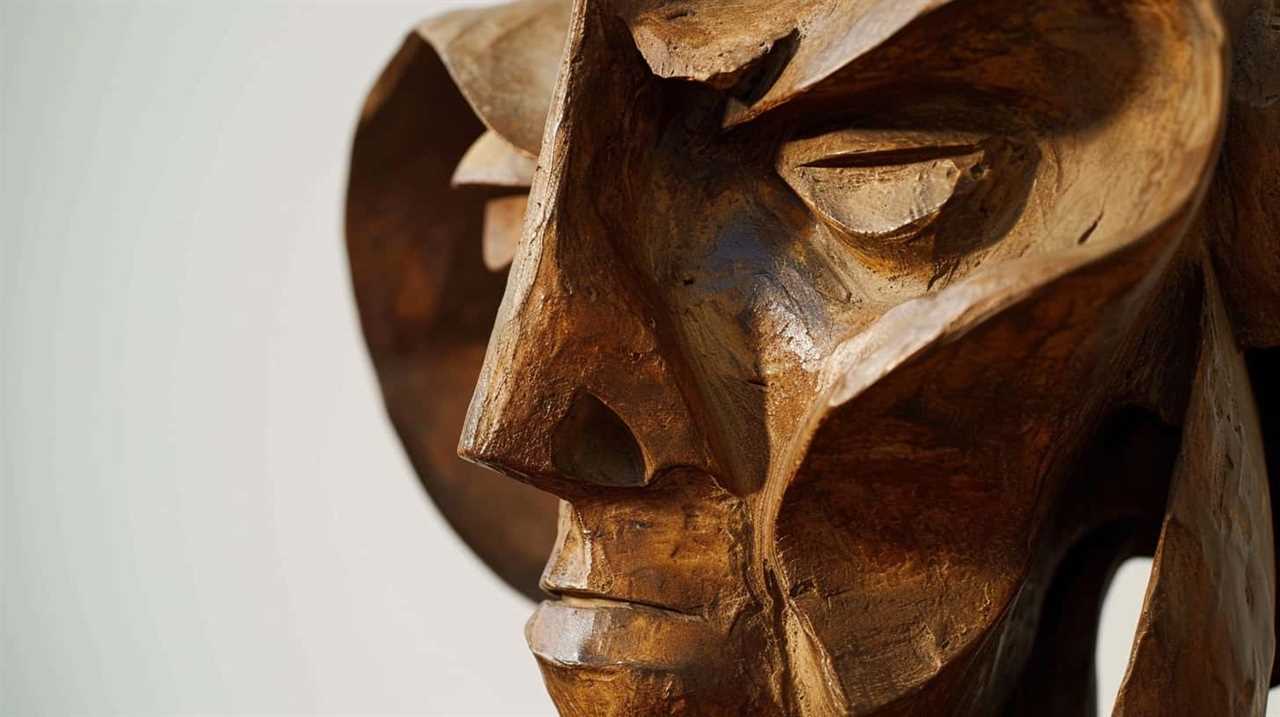
Through their words, we’re reminded of the power and beauty that art brings to the world.
Lauren’s talent in writing is matched by her passion for storytelling. Her love for books and deep understanding of culture and entertainment add a distinct flavor to her work. As our media and press contact, Lauren skillfully bridges the gap between afterQuotes and the broader media landscape, bringing our message to a wider audience.
Artists Quotations
3 Iconic Creatives Share Wisdom on Artistry
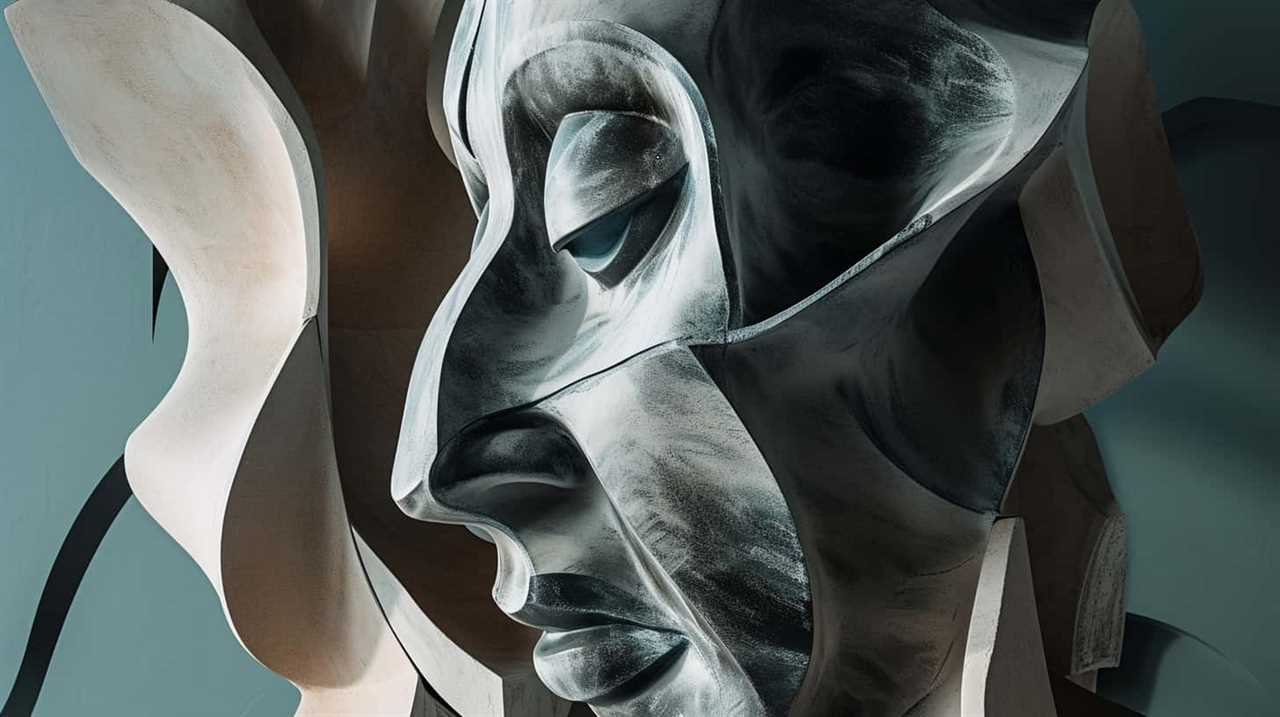
In the artistic world, we’re constantly on the lookout for inspiration and advice from those who’ve excelled in their craft. Today, we set out on a path of knowledge and discovery, exploring the in-depth wisdom of three legendary creators.
Picasso, the symbol of artistic revolution, offers us his invaluable perspective on the creative process.
Frida Kahlo, a beacon of individuality and self-expression, shares her introspections on identity and the power of art.
Lastly, Jackson Pollock, the maestro of abstract expressionism, reveals his unique perspective on the boundless possibilities of art.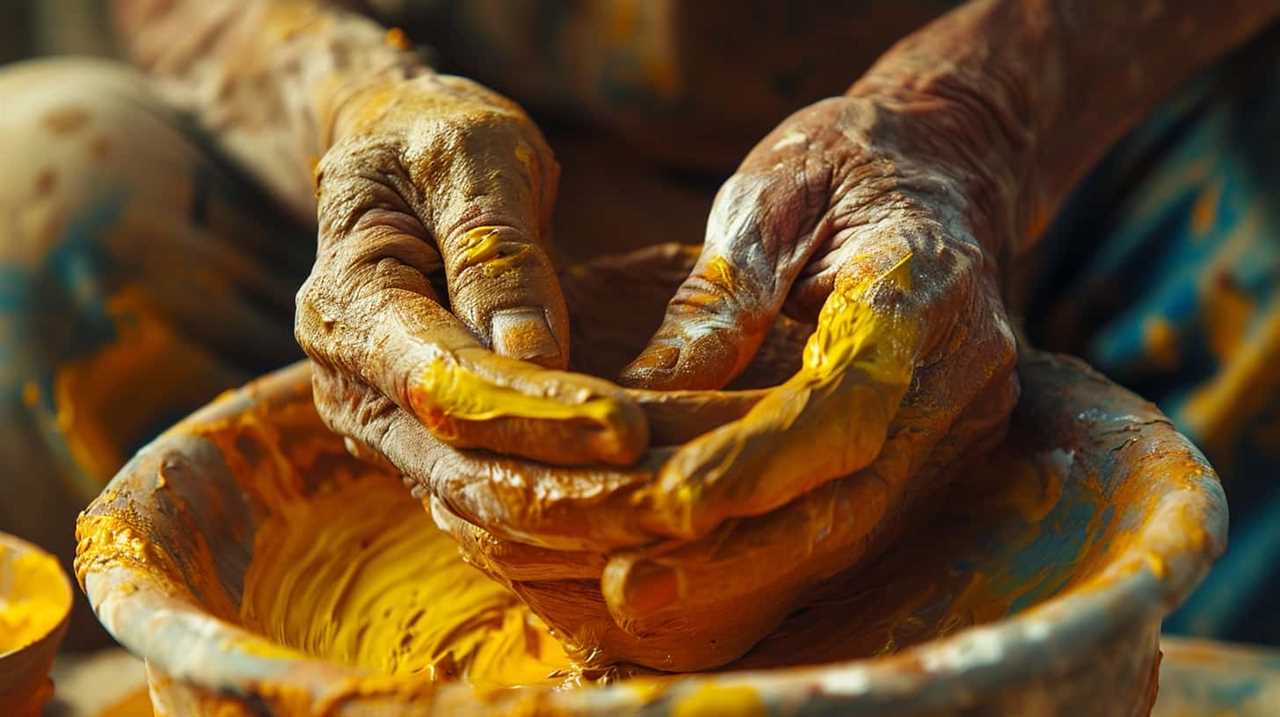
Through their wisdom, we hope to unlock the secrets of their mastery and ignite our own artistic journey. Join us as we explore the minds of these legendary artists and uncover the essence of true artistry.
Key Takeaways
- Picasso’s constant experimentation and willingness to push artistic conventions serve as a reminder of the importance of embracing change in the creative process.
- Kahlo’s art rooted in personal experiences and Mexican heritage inspires artists to explore their own personal experiences and identity in their work.
- Pollock’s innovative techniques in abstract expressionism, such as drip painting and action painting, revolutionized the artistic process and emphasized personal and emotional responses to art.
- Both Picasso and Kahlo encourage artists to think outside the box, push the boundaries of their creativity, and use art as a means to advocate for social justice and change.
Picasso’s Insight on Creative Process
One of the most important aspects of our creative process is the ability to adapt and evolve, as Picasso famously said, ‘Every act of creation is first an act of destruction.’ Picasso’s approach to experimentation and his influence on modern art are evident in his works that broke traditional boundaries and redefined artistic expression.
Picasso was known for his constant exploration and willingness to push the limits of artistic conventions. He embraced the idea that creativity requires destroying preconceived notions and established norms. His revolutionary approach to art was characterized by his bold use of color, fragmented forms, and distorted perspectives. Through his experimentation, Picasso challenged the status quo and paved the way for new artistic movements.
Picasso’s influence on modern art can’t be overstated. His innovative techniques and unconventional style inspired countless artists and shaped the trajectory of art history. He opened up new possibilities for artistic expression and encouraged artists to think outside the box. Picasso’s ability to adapt and evolve throughout his career serves as a powerful reminder of the importance of embracing change and embracing the destruction of old ideas in the creative process.
Frida Kahlo’s Reflections on Identity and Expression
Continuing our exploration of iconic creatives’ insights on artistry, let us now delve into Frida Kahlo’s profound reflections on identity and expression. Frida Kahlo, the renowned Mexican artist, was known for her powerful self-portraits that explored themes of identity, pain, and resilience. Through her artwork, Kahlo embarked on a journey of identity exploration and artistic self-discovery.
| Identity Exploration | Artistic Self Discovery |
|---|---|
| Kahlo’s art was deeply rooted in her personal experiences, particularly her Mexican heritage and physical disabilities. | She used her art as a means of expressing her emotions and reclaiming her sense of self. |
| Kahlo’s paintings often depicted her struggles with physical and emotional pain, providing a window into her inner world. | Through her art, she was able to confront and come to terms with her own identity, embracing both her strengths and vulnerabilities. |
| Kahlo’s use of vibrant colors and symbolism in her artwork showcased the complexity of her identity and the various facets of her personality. | By exploring different artistic techniques and styles, she pushed the boundaries of her own creativity and expanded her artistic repertoire. |
| Kahlo’s self-portraits served as a form of self-reflection, allowing her to examine her own identity and challenge societal norms and expectations. | Through her art, Kahlo was able to find a sense of empowerment and agency, using her voice to speak out against injustice and advocate for change. |
Frida Kahlo’s reflections on identity and expression continue to inspire artists today, reminding us of the power of art to explore and understand ourselves more deeply. Through her art, Kahlo invites us to embark on our own journey of self-discovery and embrace the unique aspects of our own identities.
Jackson Pollock’s Perspective on Abstract Expressionism
- We’re now going to explore Jackson Pollock’s perspective on Abstract Expressionism.
- Pollock’s artistic techniques:
- Drip painting: Pollock’s revolutionary method of pouring and dripping paint onto the canvas challenged traditional notions of brushwork. By eliminating the brush, he aimed to create a direct connection between his inner emotions and the canvas, allowing his subconscious to guide the artwork.
- Action painting: Pollock’s physical approach to painting involved vigorous and spontaneous gestures. He’d move around the canvas, often on the floor, using his entire body to apply paint. This dynamic process captured the energy and intensity of the artist’s movements, resulting in a sense of movement and rhythm within his works.
- All-over composition: Pollock abandoned the idea of a central focal point, opting instead for a composition that extended to the edges of the canvas. This allowed the viewer to experience the artwork as a whole, without any predetermined hierarchy of elements.
- Interpretation of abstract art:
- Pollock believed that abstract art should be experienced rather than analytically understood. He encouraged viewers to engage with his works on an emotional and visceral level, allowing their own interpretations to guide their understanding.
- The absence of recognizable subject matter in Pollock’s paintings gave rise to a sense of ambiguity and mystery. This ambiguity allowed for multiple interpretations and invited viewers to delve into their own subconscious to find meaning in the abstract forms and gestures.
- Pollock’s approach to abstraction challenged conventional notions of representation, emphasizing the importance of the artist’s process and the viewer’s subjective experience. By embracing the non-representational, he expanded the possibilities of artistic expression and opened the door to new ways of perceiving and understanding art.
In exploring Jackson Pollock’s perspective on Abstract Expressionism, we uncover the intricate techniques he employed and the profound implications of his approach to abstract art. Through his innovative methods of drip painting, action painting, and all-over composition, Pollock revolutionized the artistic process, allowing for a direct channeling of his emotions onto the canvas. His works weren’t meant to be deciphered intellectually, but rather experienced on an emotional and instinctual level. By removing recognizable subject matter, Pollock created a sense of ambiguity, inviting viewers to bring their own interpretations to the abstract forms and gestures. This rejection of traditional representation challenged established norms and opened up new possibilities for artistic expression. Pollock’s perspective on Abstract Expressionism ultimately encourages us to trust our own emotional responses and engage with art in a deeply personal way.
Frequently Asked Questions
How Did Picasso’s Creative Process Evolve Throughout His Career?
Throughout his career, Picasso’s creative process evolved, leading to groundbreaking artistic evolution. His early works showcased traditional techniques and subjects, while later periods saw him exploring new styles and pushing boundaries, ultimately cementing his status as one of the greatest artists in history.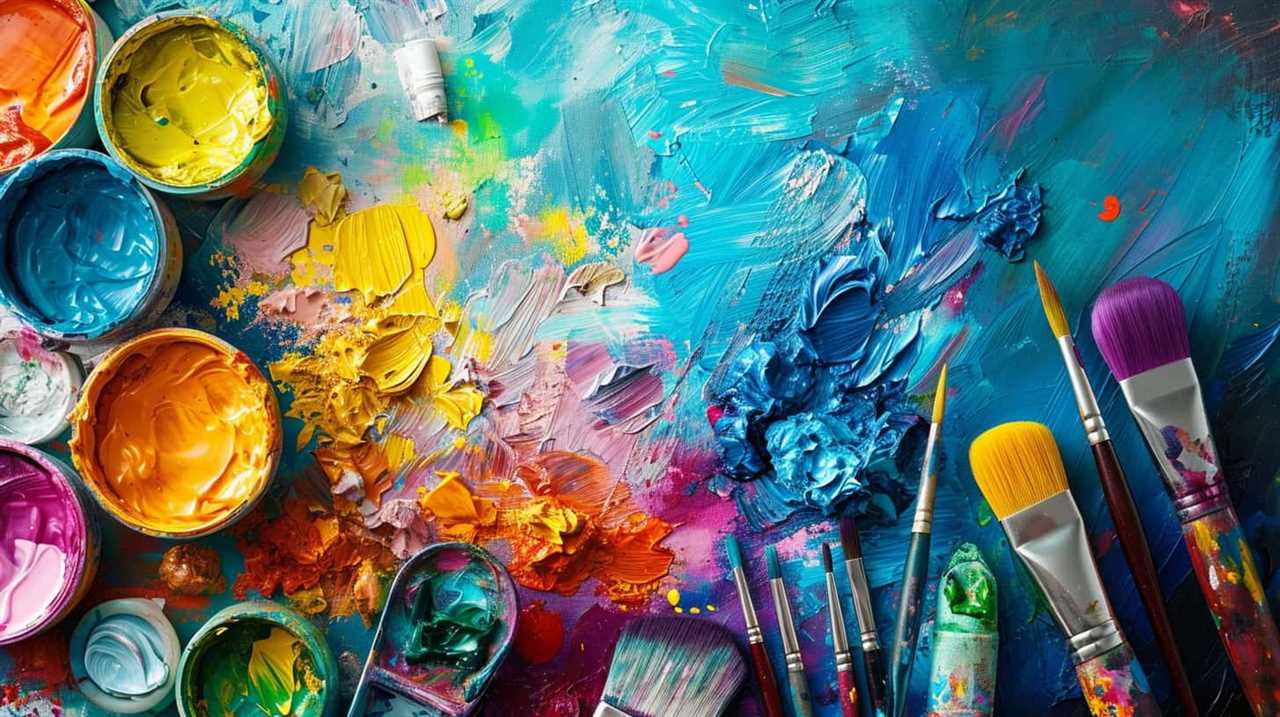
How Did Frida Kahlo’s Personal Experiences Shape Her Artistic Identity?
Frida Kahlo’s personal experiences shaped her artistic identity by influencing her unique perspective on the feminist movement and the role of personal pain in her artwork. Her impact on both continues to inspire and resonate with audiences today.
What Were the Main Influences on Jackson Pollock’s Abstract Expressionist Style?
The main influences on Jackson Pollock’s abstract expressionist style were his exploration of automatism and his interest in Native American art. These factors shaped his unique approach to painting, characterized by his signature "drip" technique.
How Did Picasso Approach the Use of Color in His Artwork?
When exploring the use of color in his artwork, Picasso approached it with a spirit of fearless experimentation. Through his bold strokes and vibrant palettes, he pushed the boundaries of traditional color theory, creating a visual language uniquely his own.
Did Frida Kahlo Consider Herself Primarily a Painter or a Political Activist?
We believe Frida Kahlo primarily considered herself a painter, but she also embraced her role as a political activist. Her artwork reflected her deep connection to feminism and her commitment to addressing social and political issues. In contrast, Picasso’s artwork incorporated political themes, but his focus was more on pushing the boundaries of artistic expression.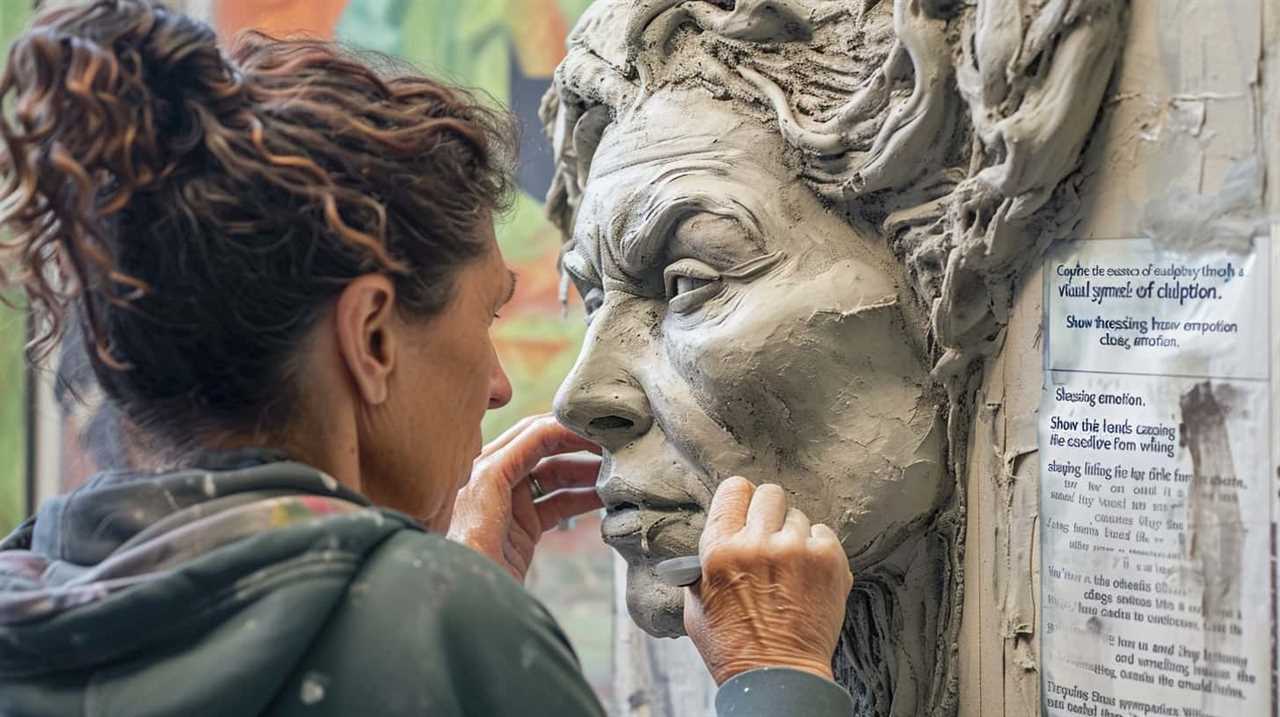
How Can Green-Minded Creatives’ Wisdom on Eco Artistry Align with Traditional Artistry?
Green-minded creatives’ wisdom on eco artistry can align with traditional artistry by incorporating eco art quotes from creatives who value sustainability. By merging environmentally conscious practices with traditional art techniques, artists can create thought-provoking pieces that inspire change and promote a deeper connection with nature.
Conclusion
In the world of artistry, Picasso, Kahlo, and Pollock stand as icons whose wisdom continues to inspire and provoke thought.
Through Picasso’s insight on the creative process, Kahlo’s reflections on identity and expression, and Pollock’s perspective on abstract expressionism, we’re reminded of the power of art to challenge, transform, and ignite the human spirit.
Their words serve as a reminder that art is a constant exploration of self and the world around us, inviting us to delve deeper into the realms of imagination and emotion.
Lauren’s talent in writing is matched by her passion for storytelling. Her love for books and deep understanding of culture and entertainment add a distinct flavor to her work. As our media and press contact, Lauren skillfully bridges the gap between afterQuotes and the broader media landscape, bringing our message to a wider audience.
-

 Funerals Quotations2 months ago
Funerals Quotations2 months agoSoothing Hope Quotes for Funeral Reflections
-

 TV Shows Quotations2 months ago
TV Shows Quotations2 months agoTop 4 Unforgettable TV Drama Monologues
-

 Movies Quotations1 month ago
Movies Quotations1 month agoUnforgettable Cult Movie Quotes: A Compiled List
-

 Movies Quotations1 month ago
Movies Quotations1 month ago3 Inspiring Movie Quotes for Overcoming Hardships
-

 Travel and Exploration Quotations1 month ago
Travel and Exploration Quotations1 month agoWisdom on Waves: Notable Maritime Explorer Quotations
-

 Travel and Exploration Quotations1 month ago
Travel and Exploration Quotations1 month agoWhy Travel Teaches Unforgettable Life Wisdom?
-

 Education and Knowledge3 weeks ago
Education and Knowledge3 weeks agoUnlock Success with the Best Study Motivation Quotes
-

 Ancient Quotations4 weeks ago
Ancient Quotations4 weeks agoWhy Read Mesopotamian Texts? Timeless Quotes Revealed
















